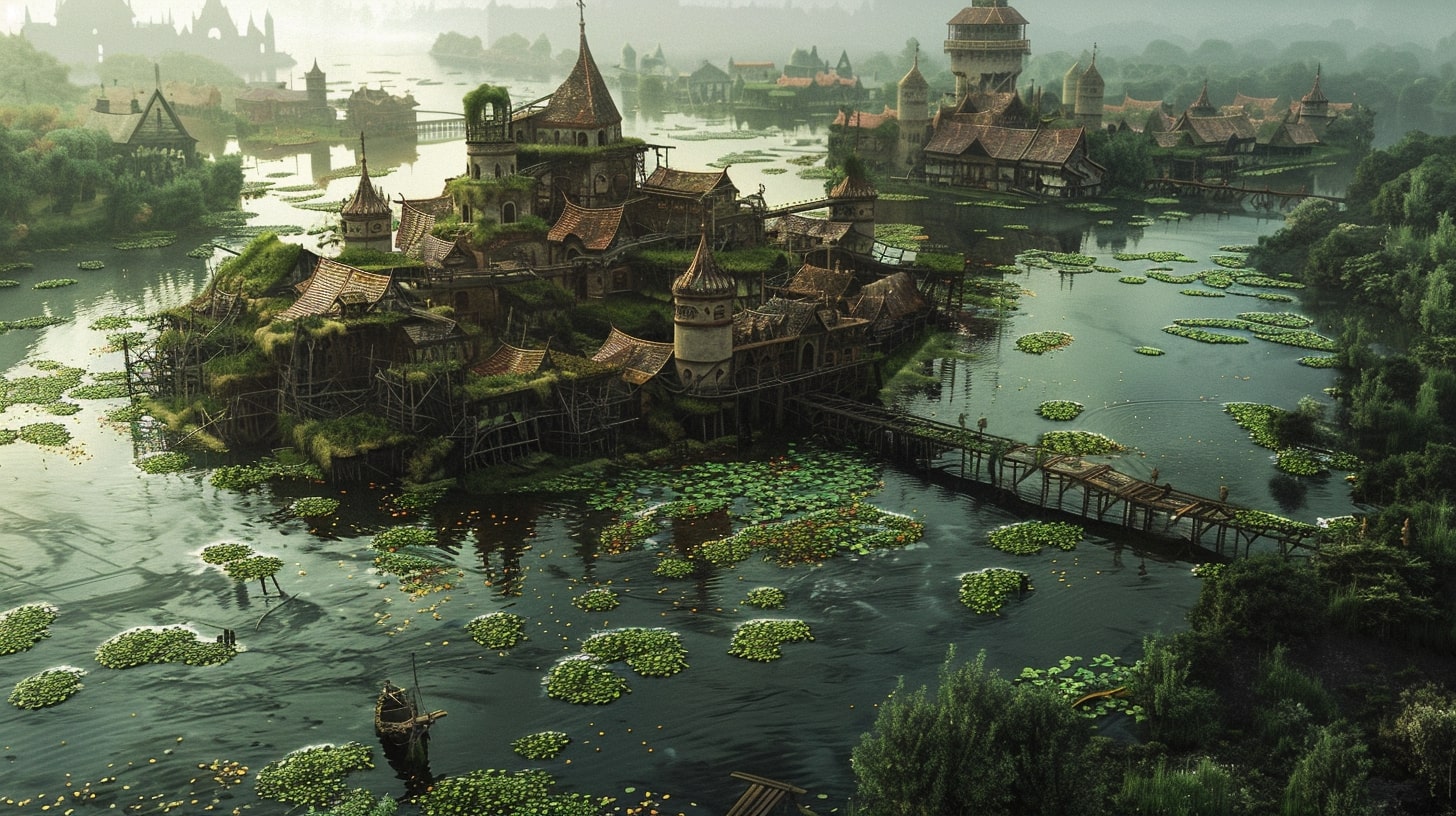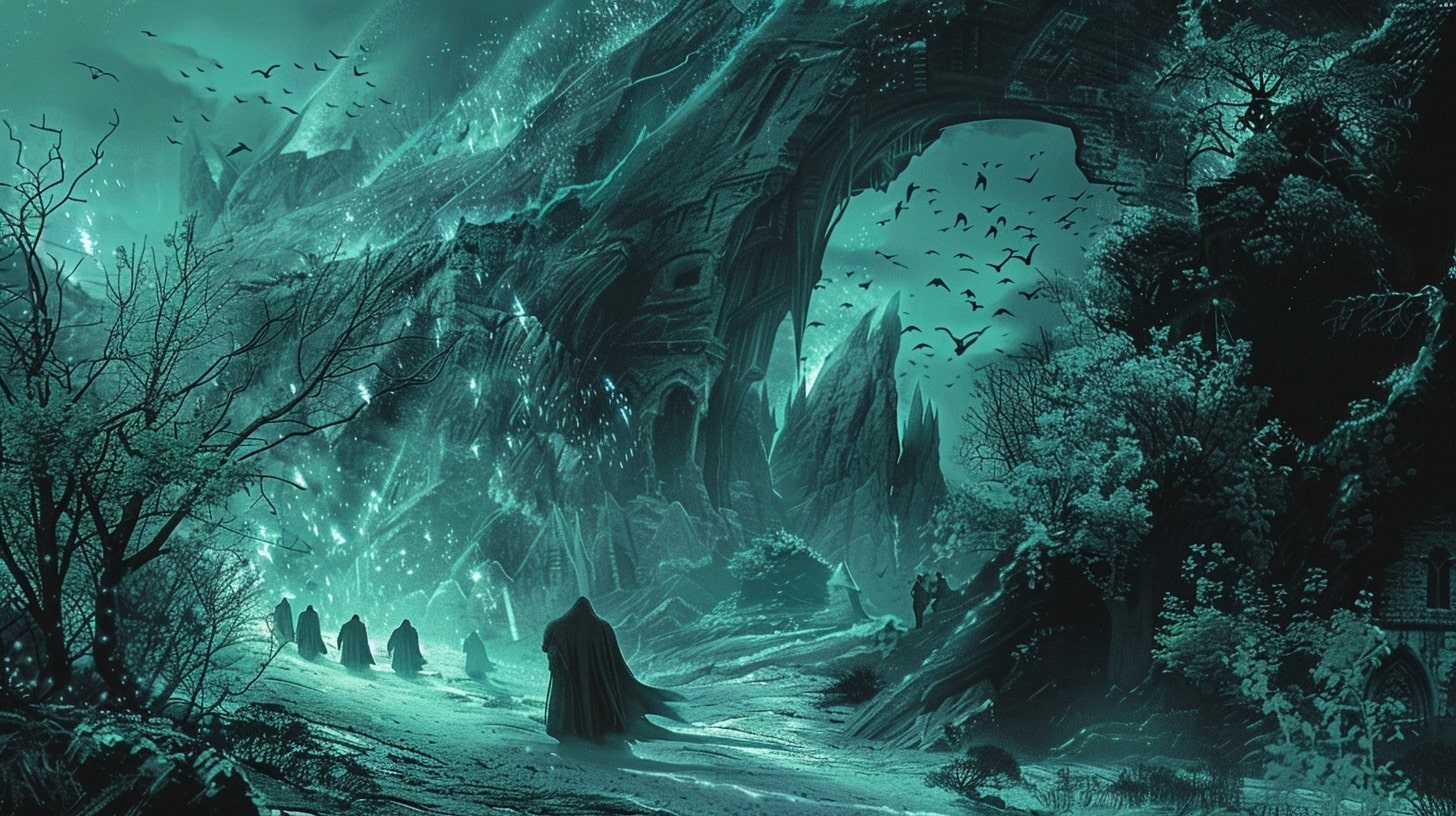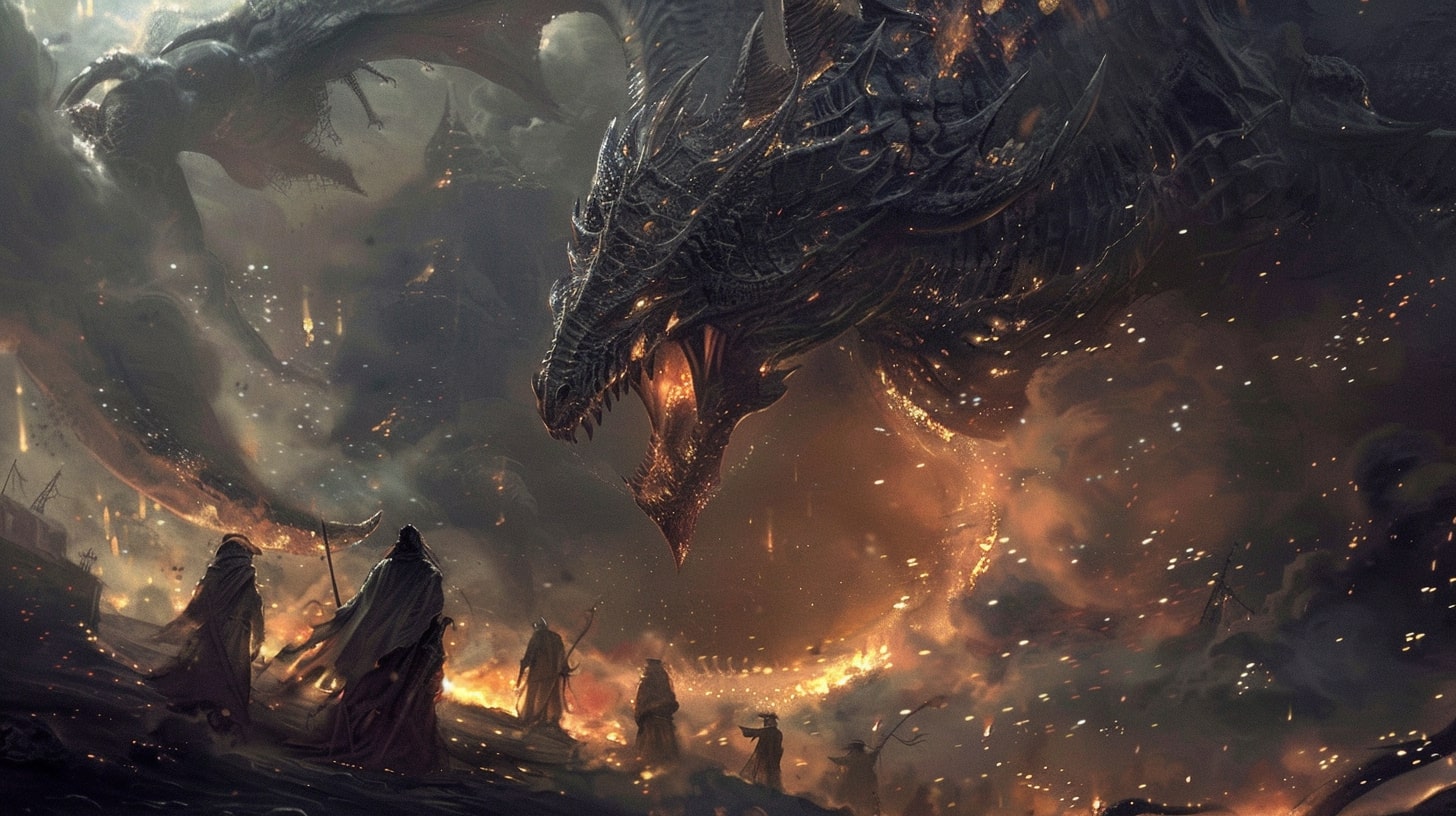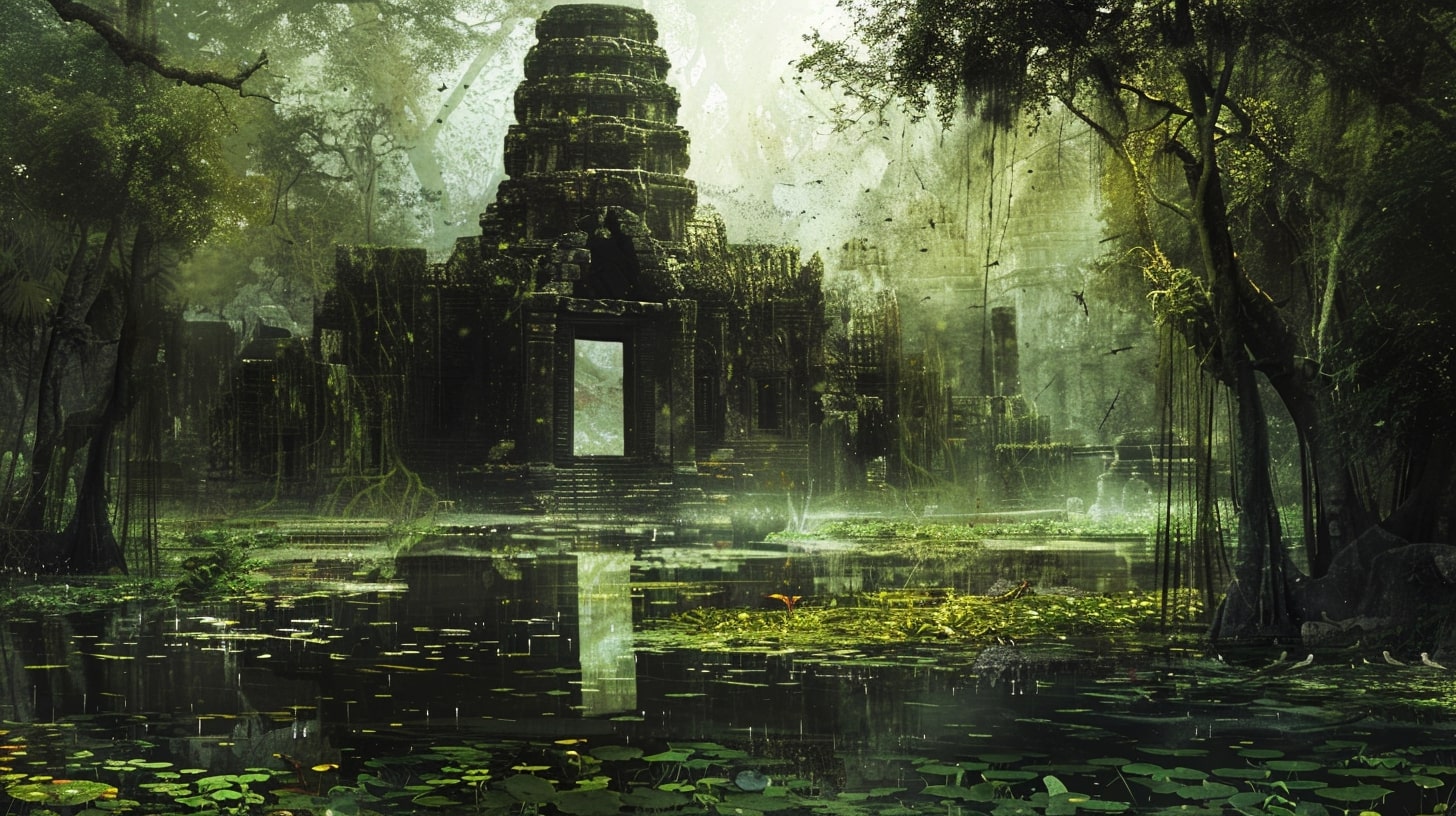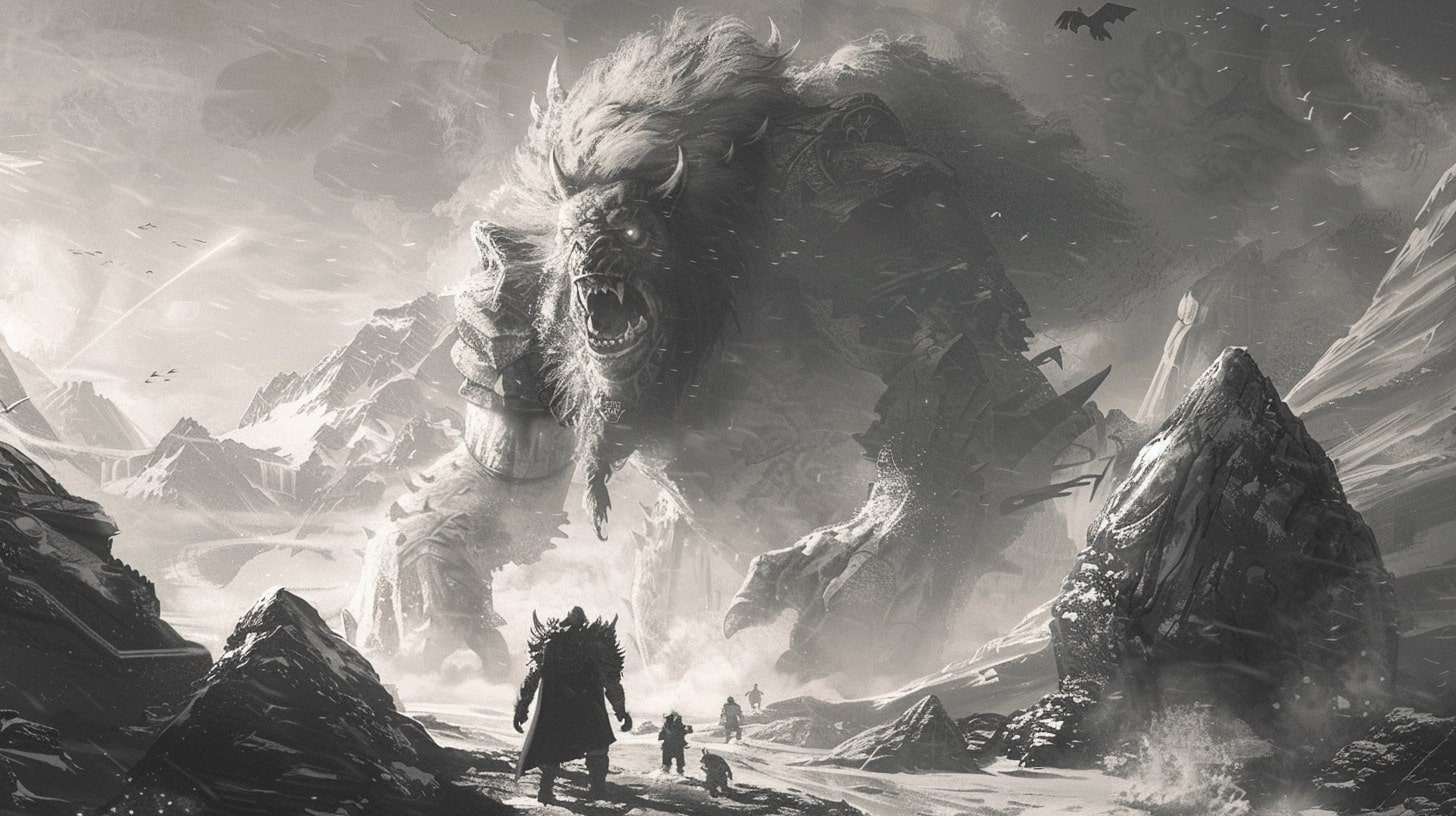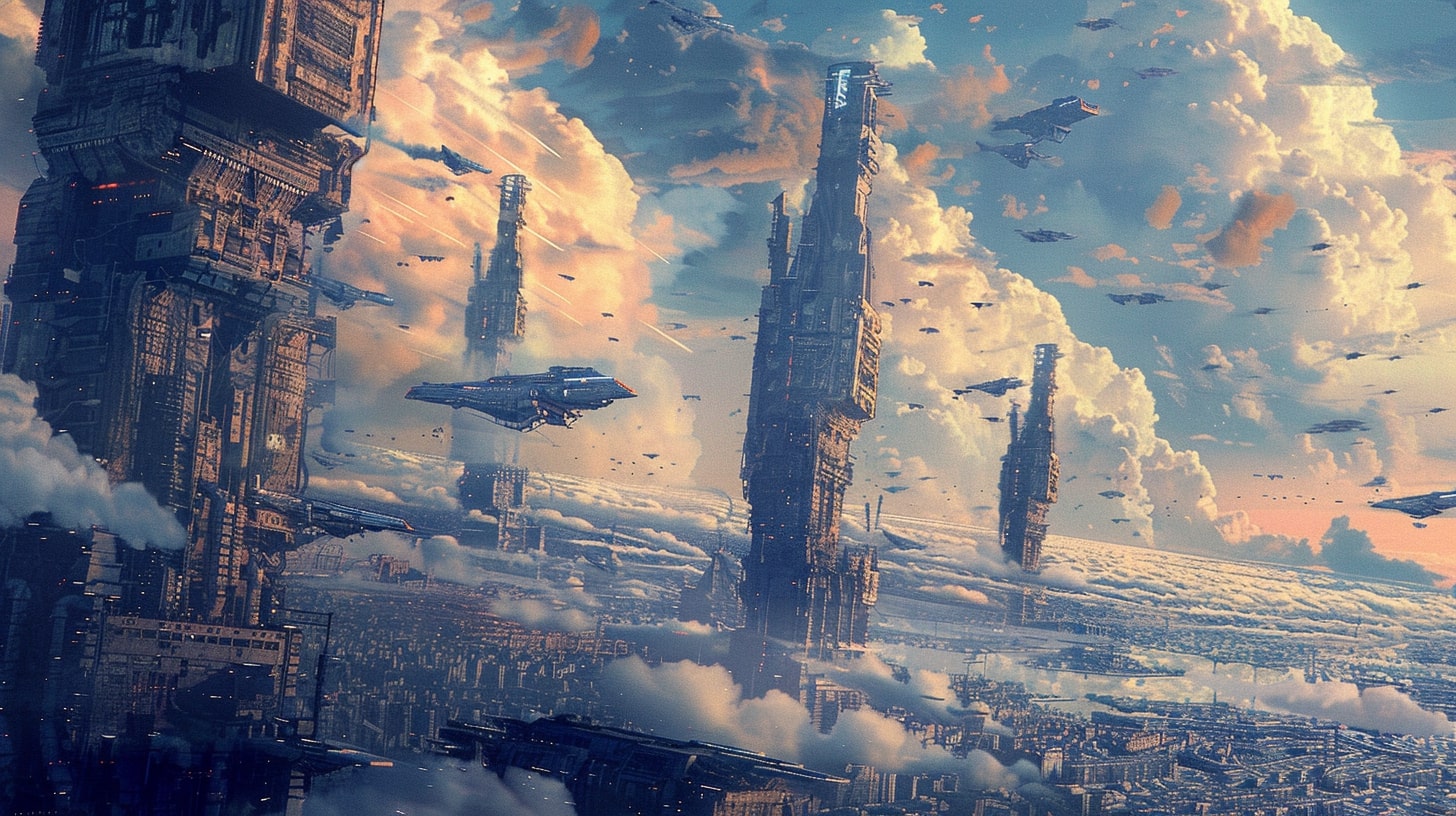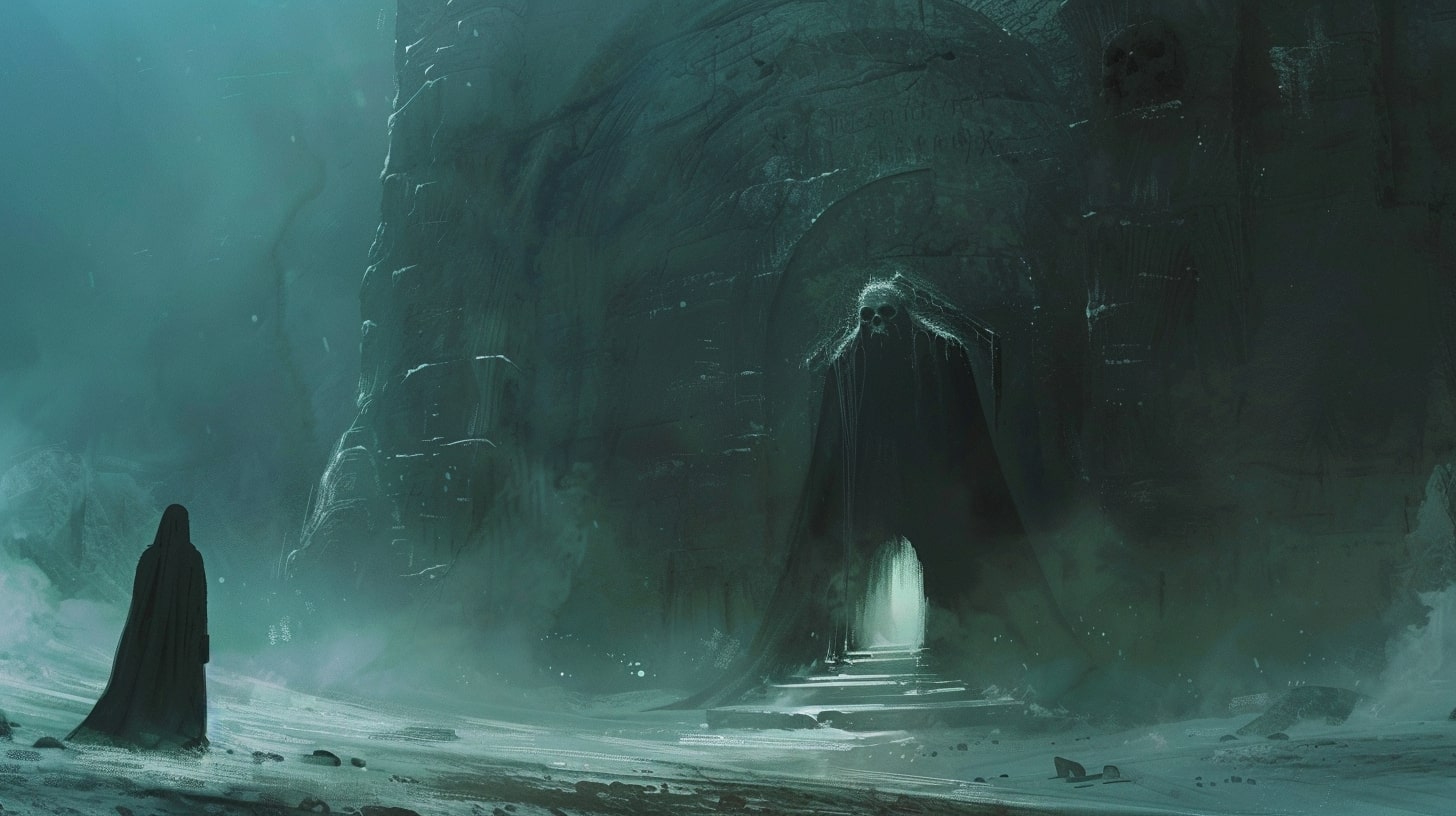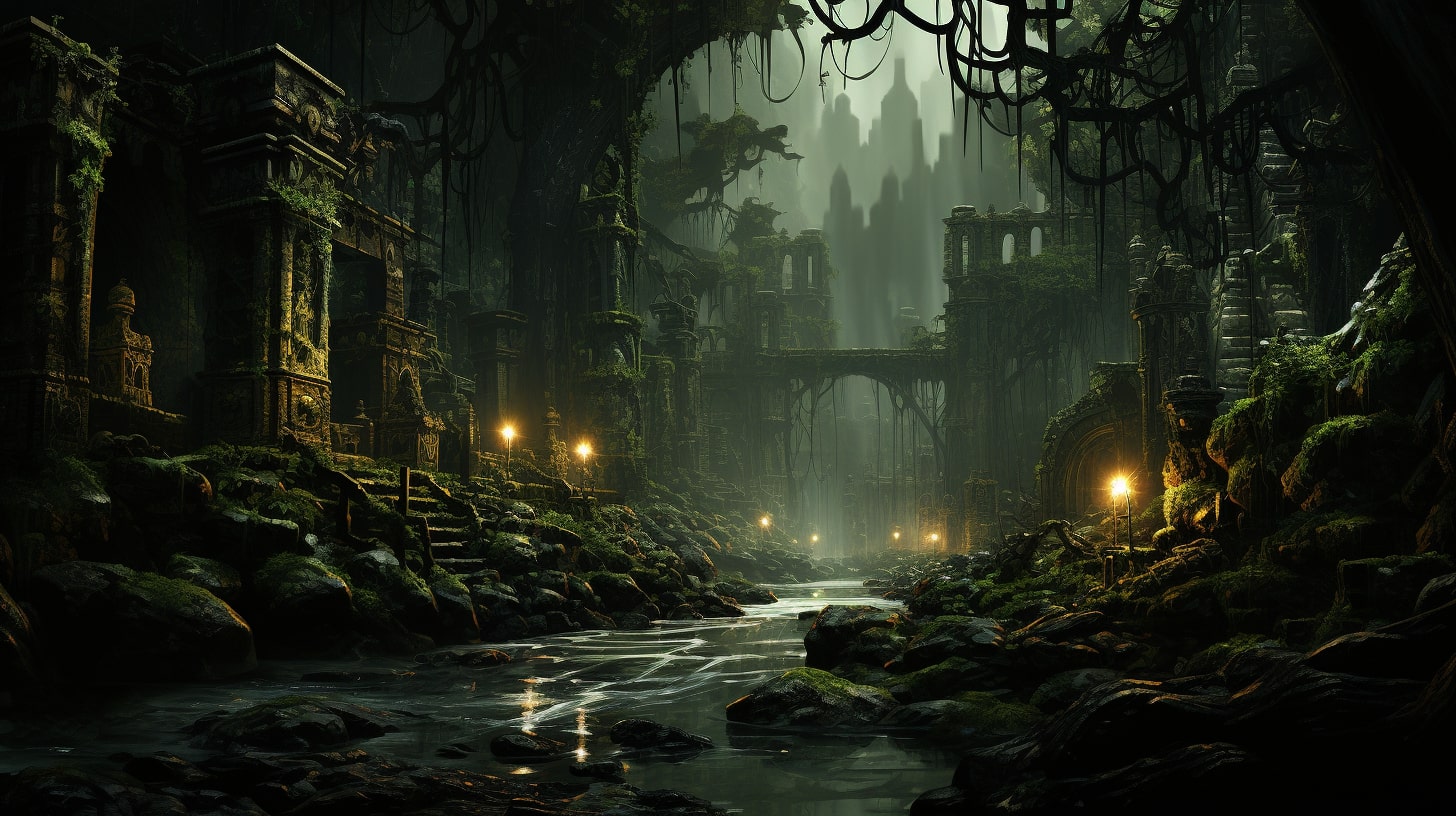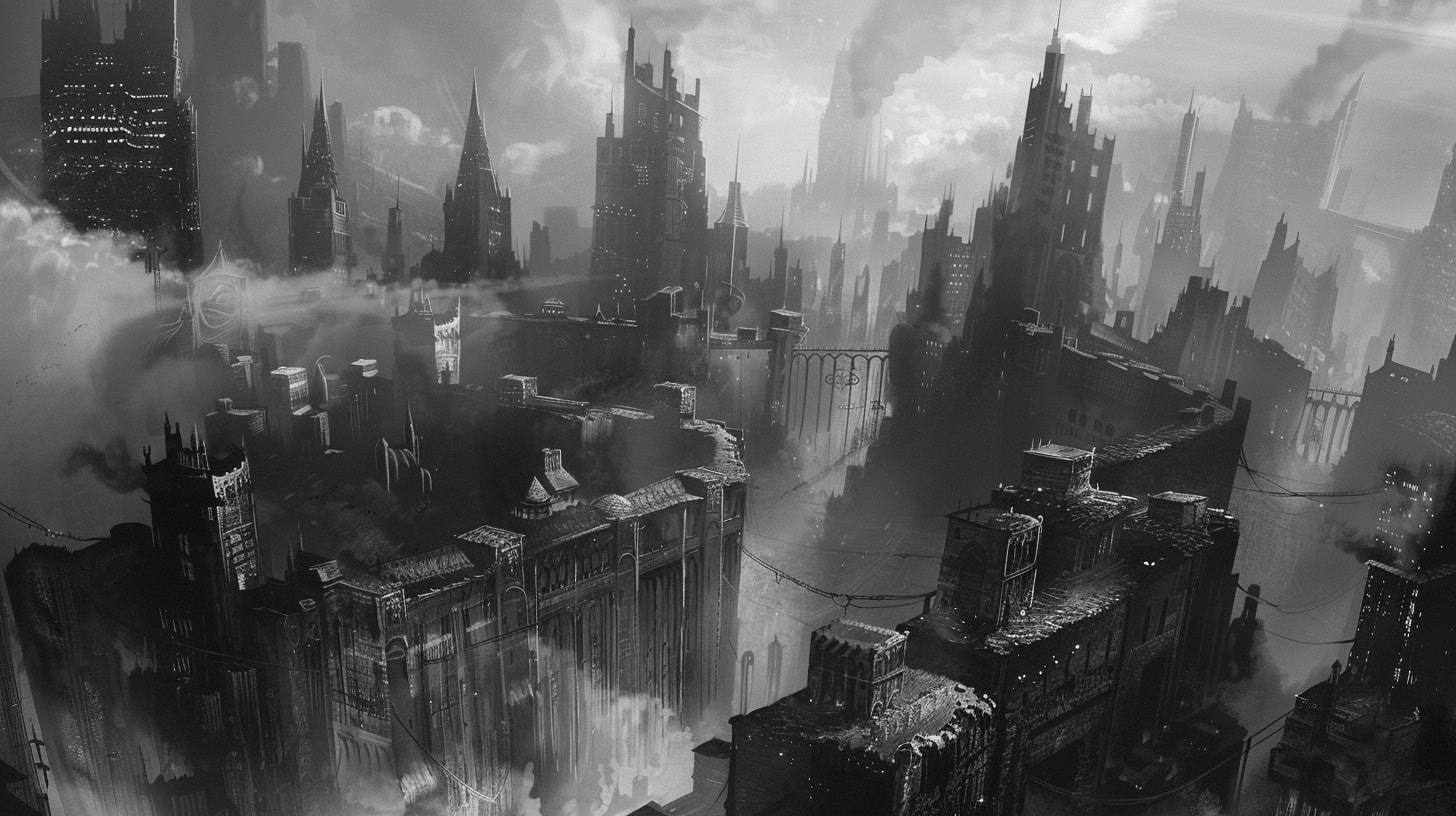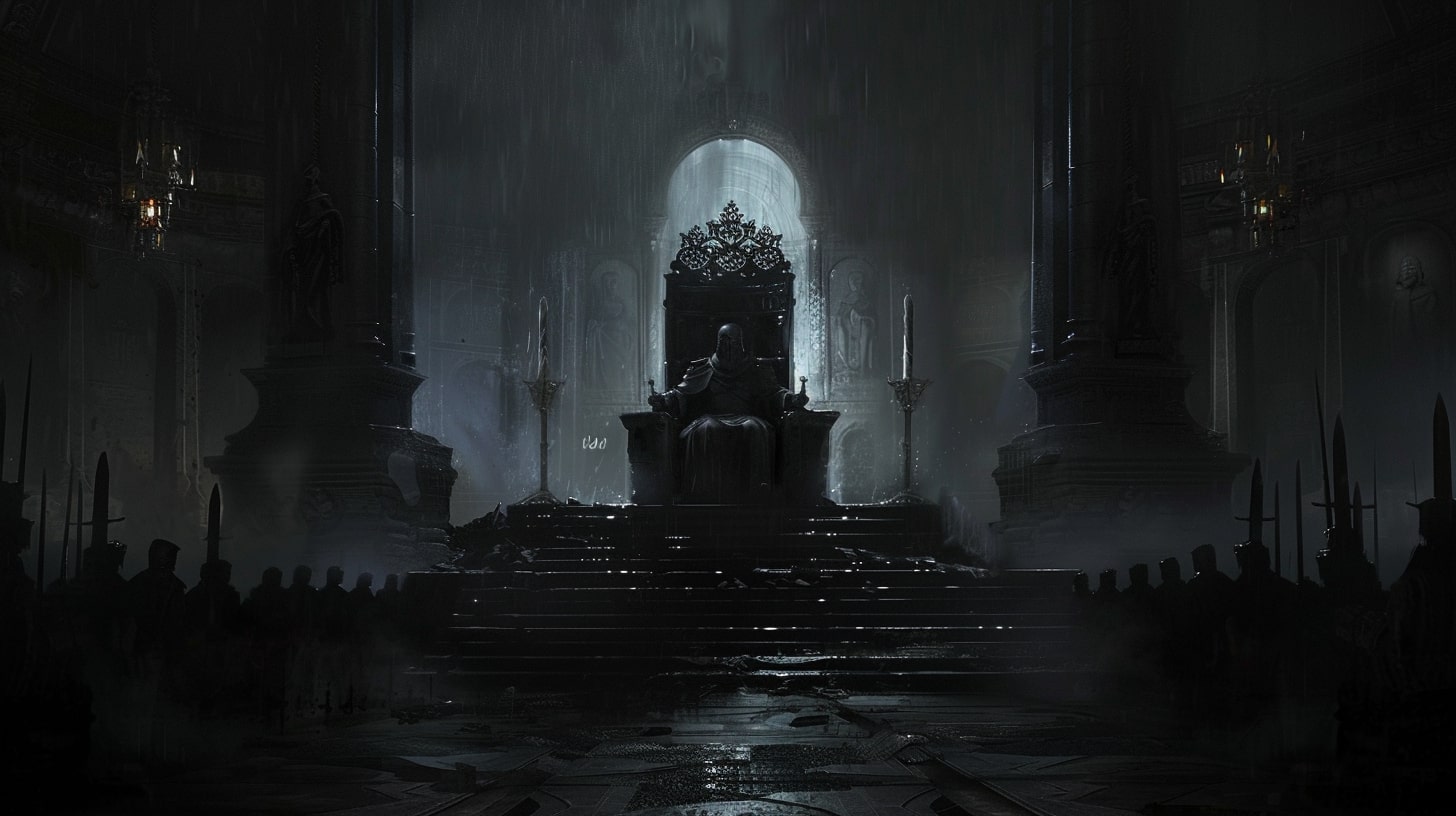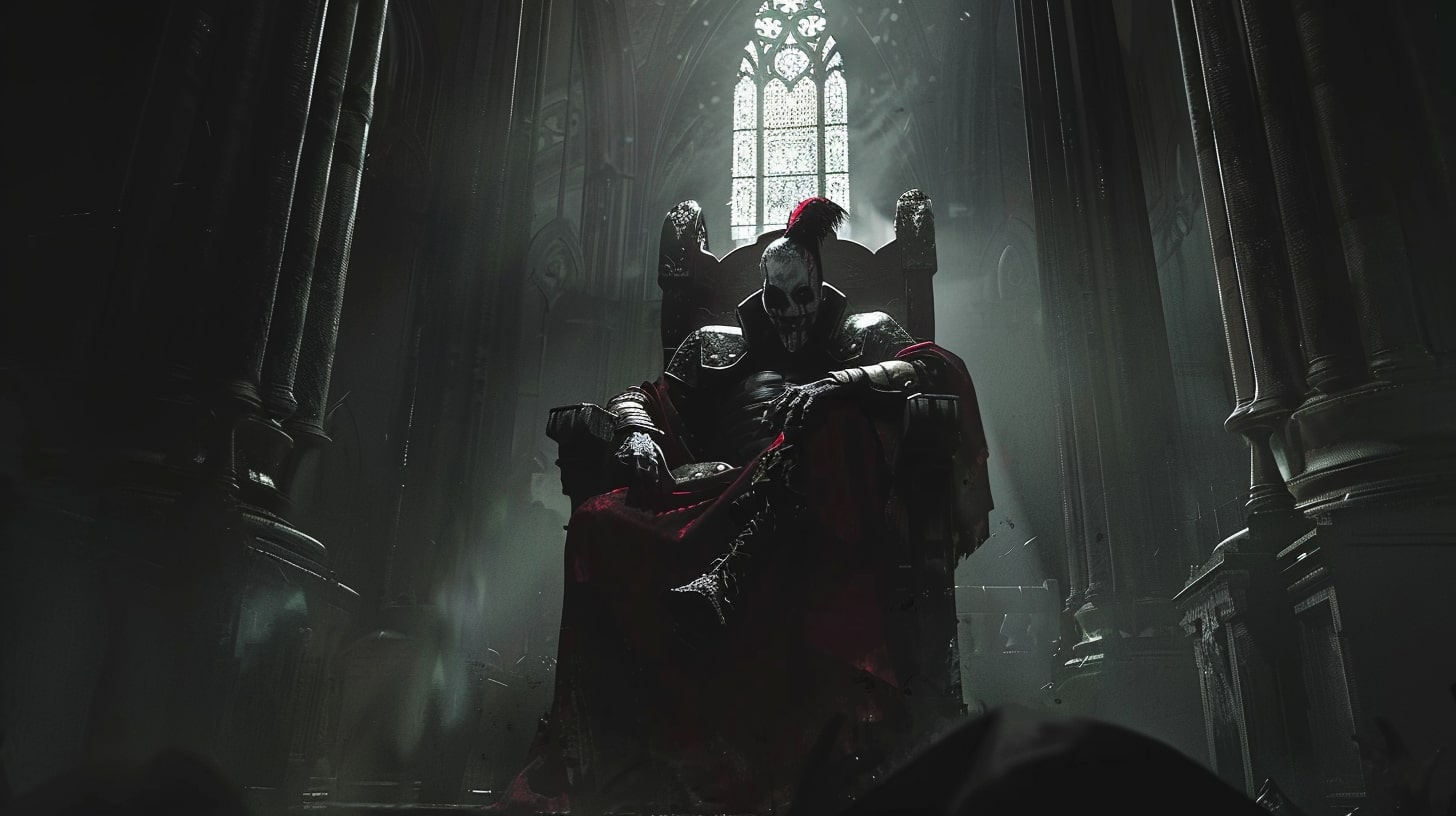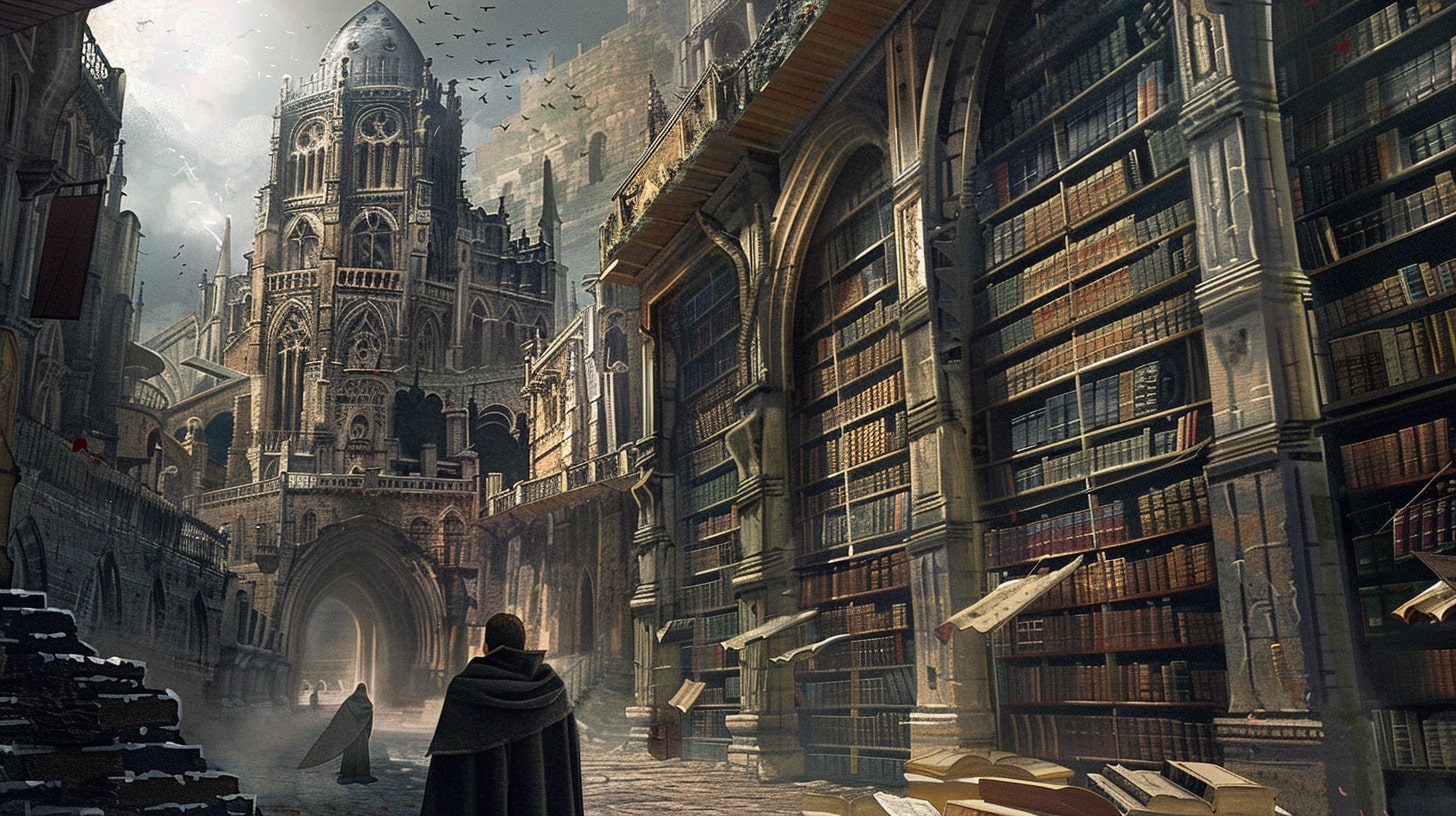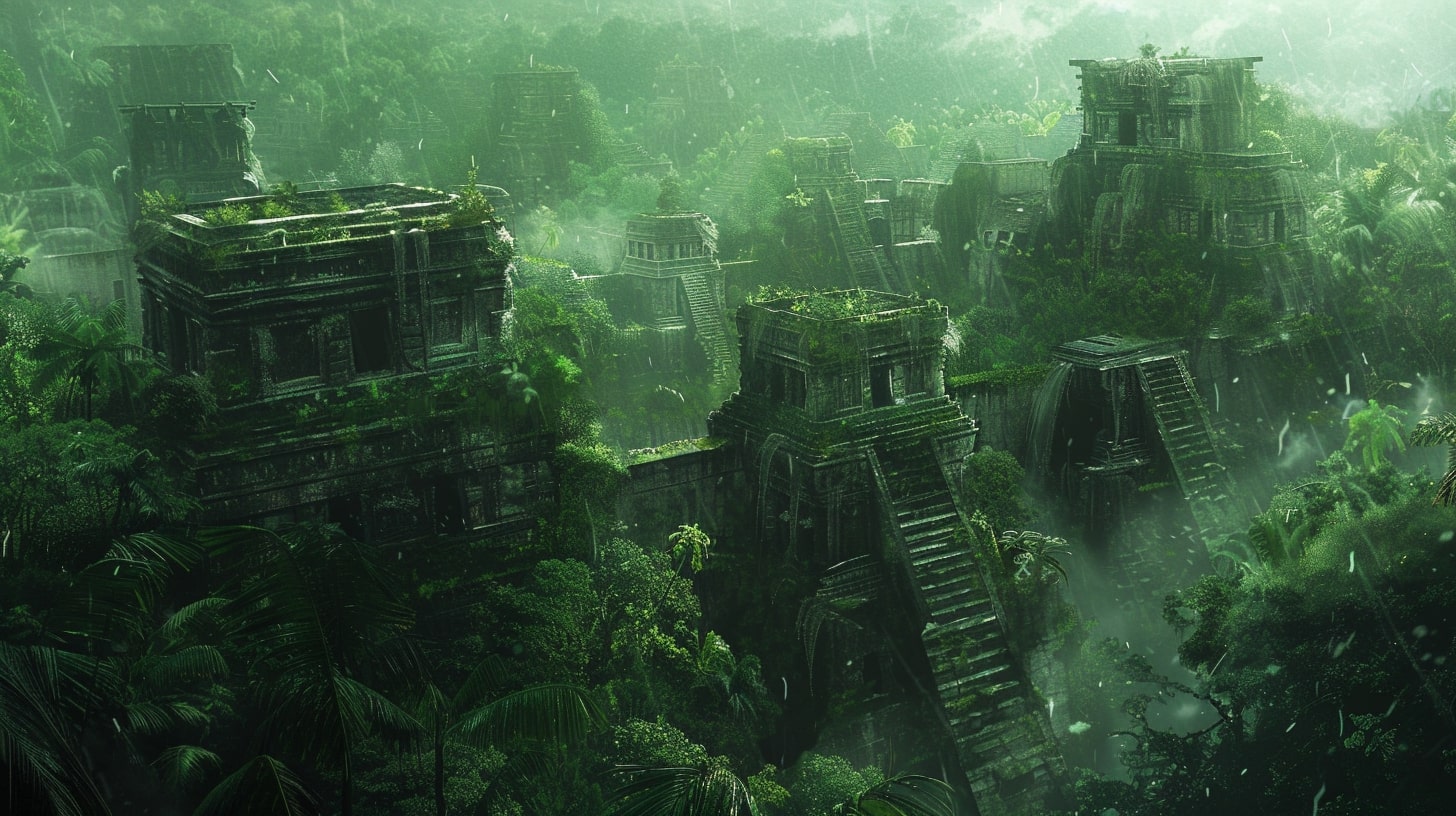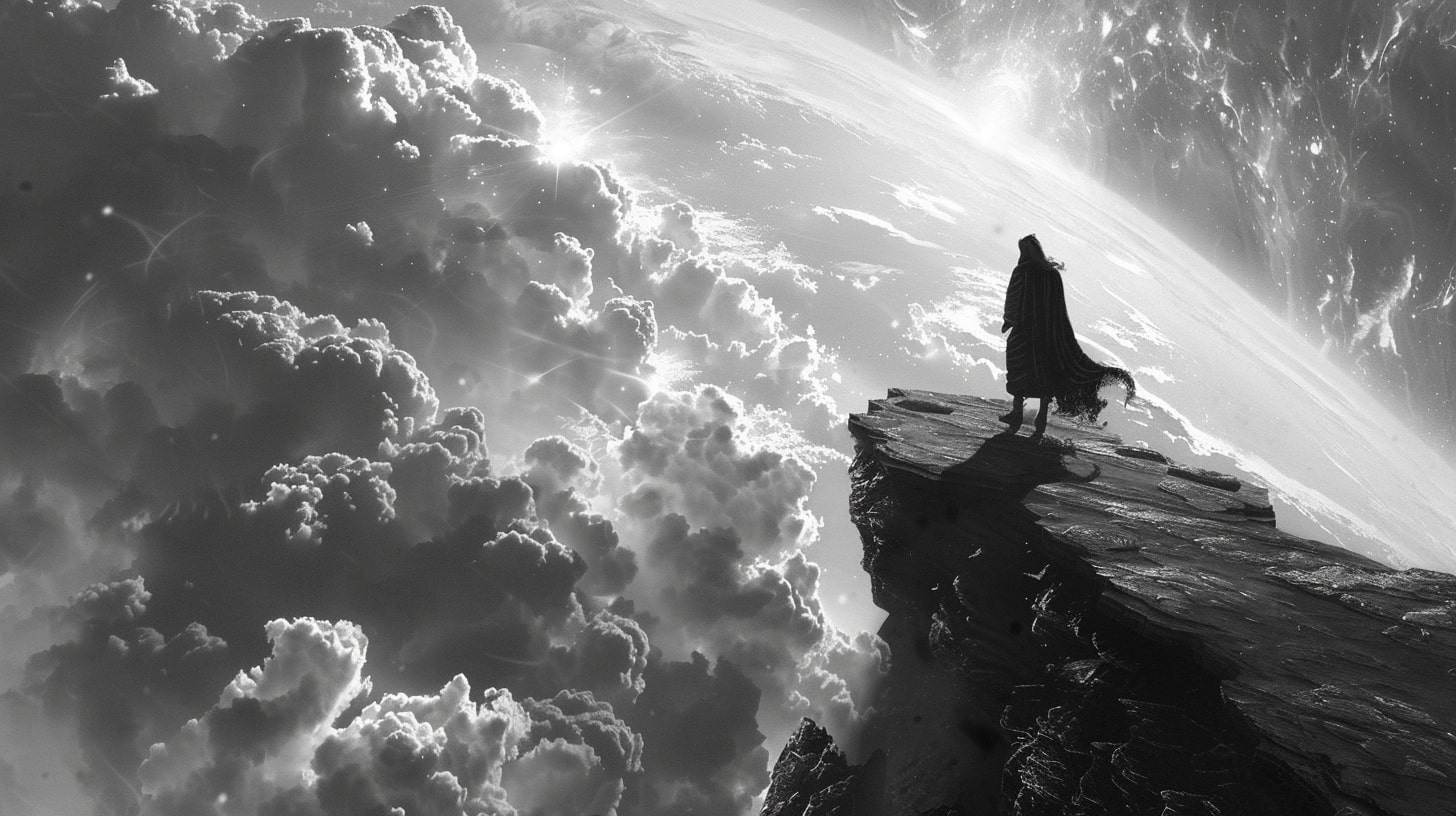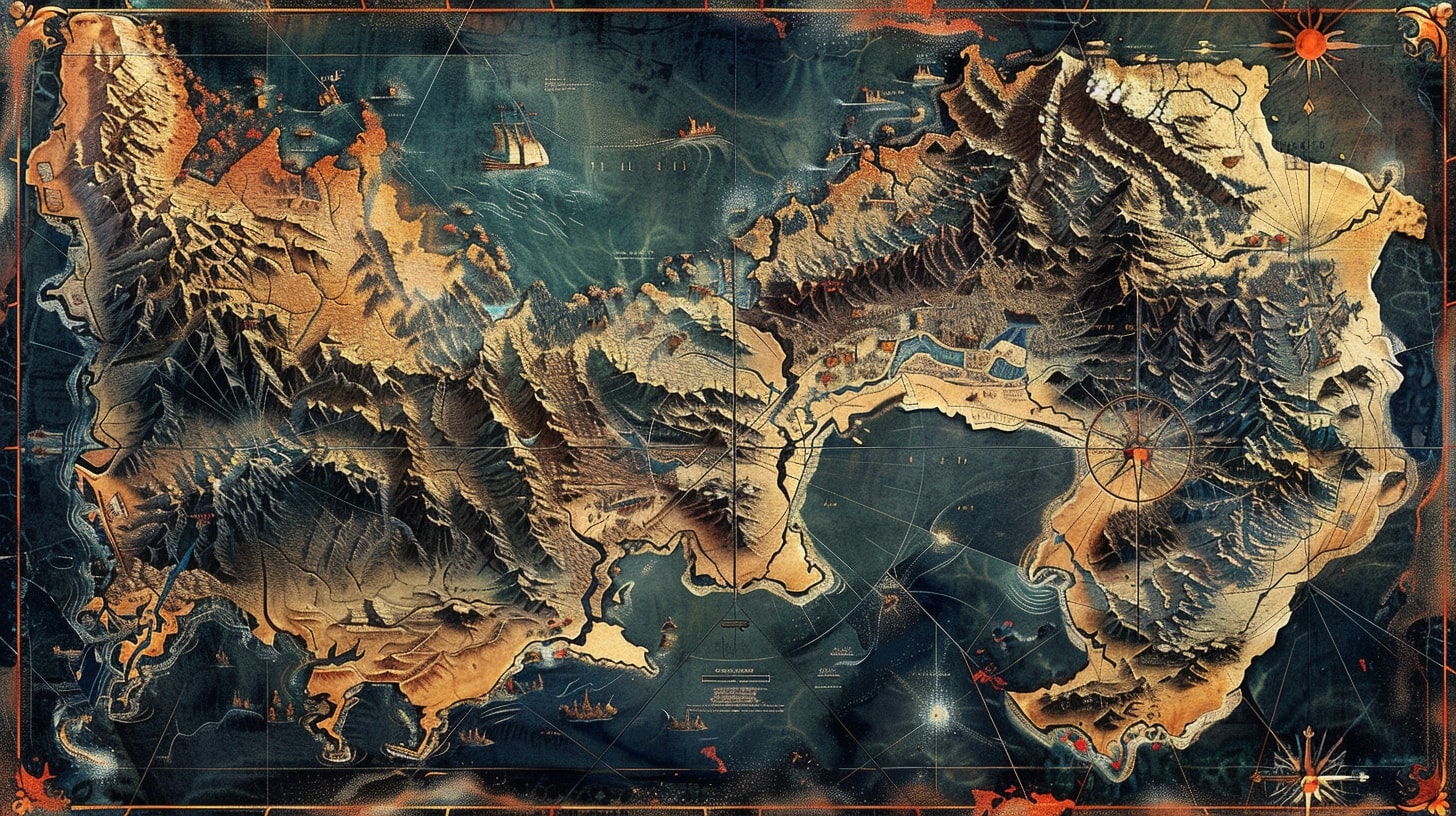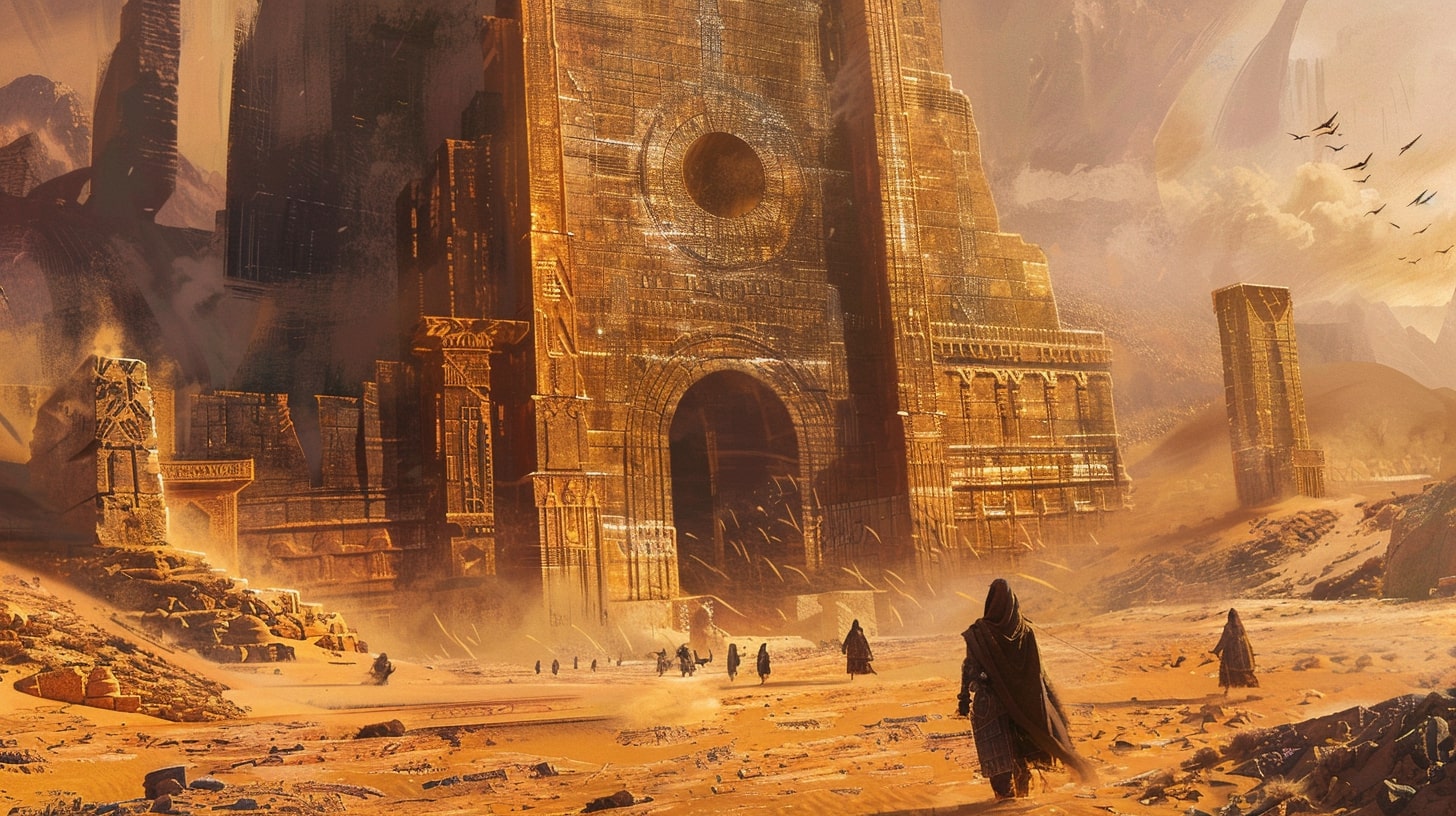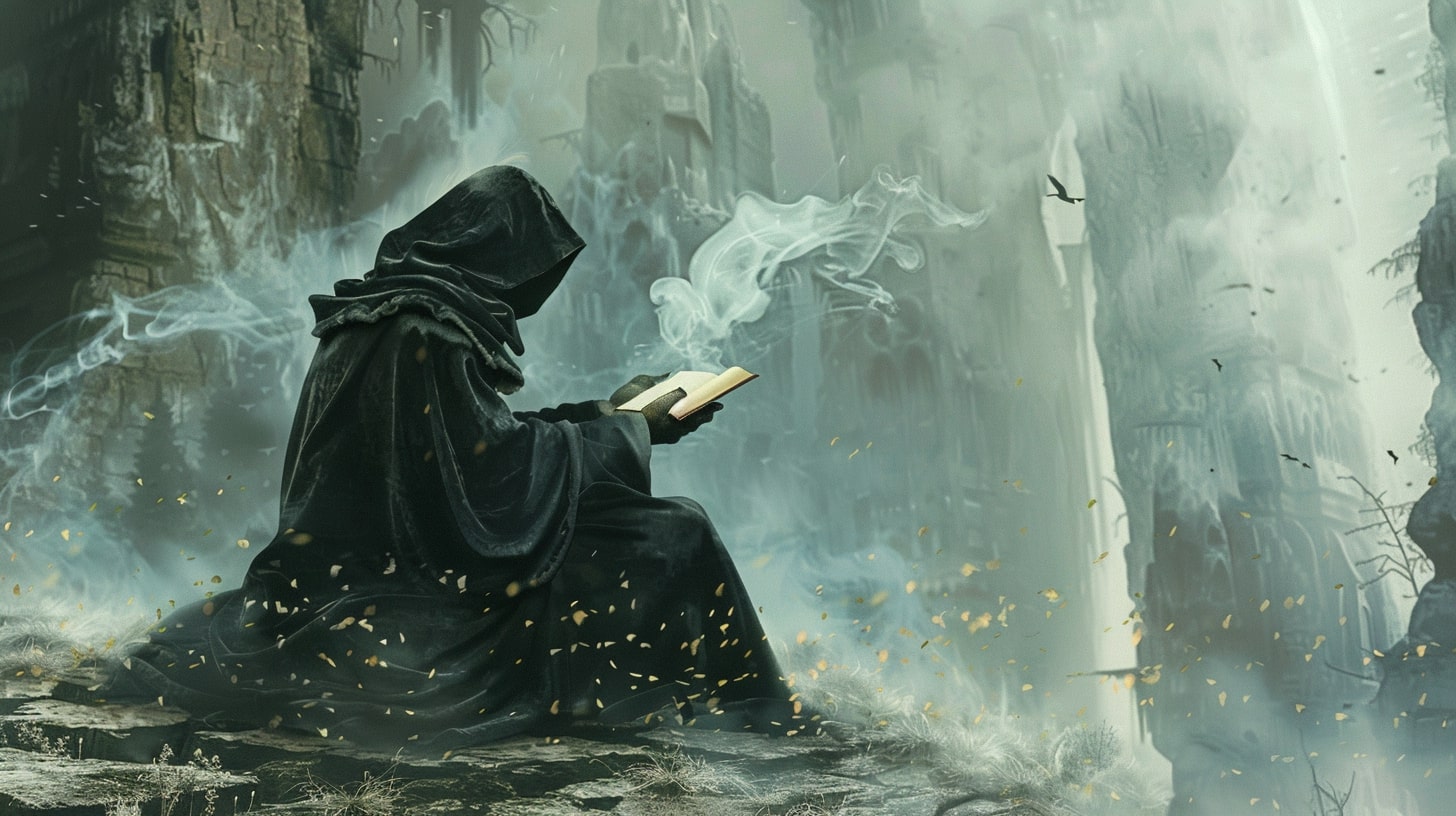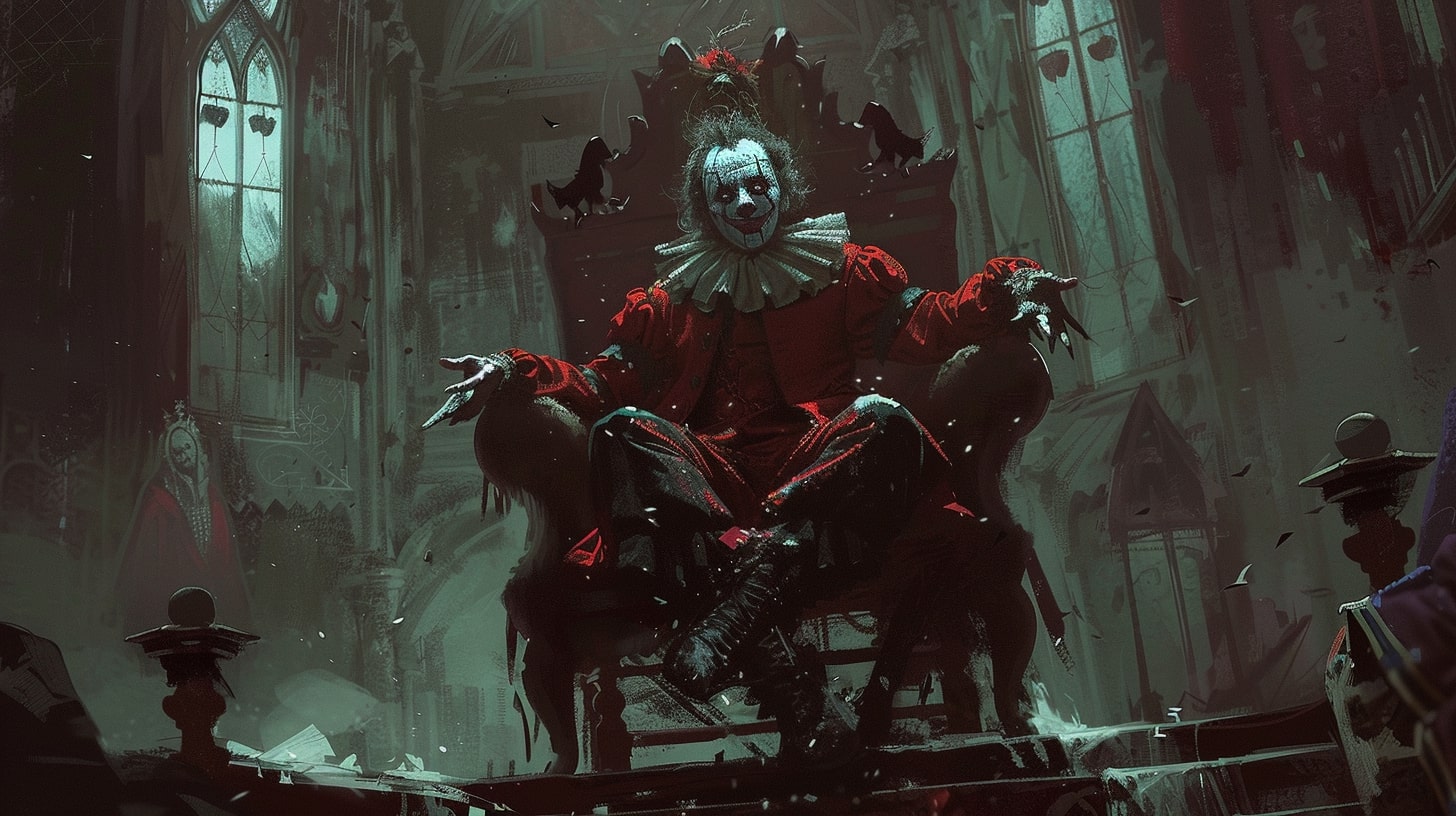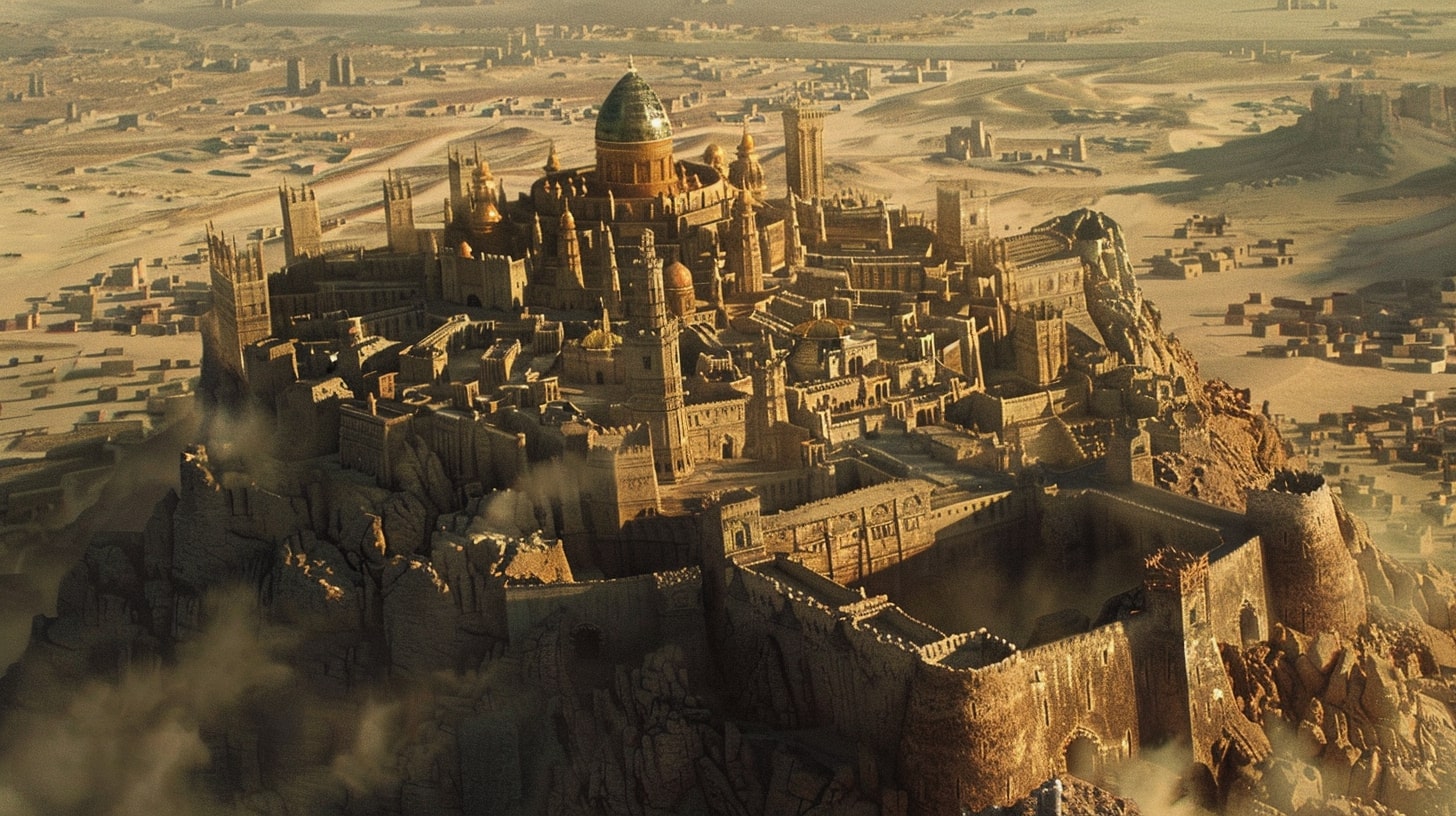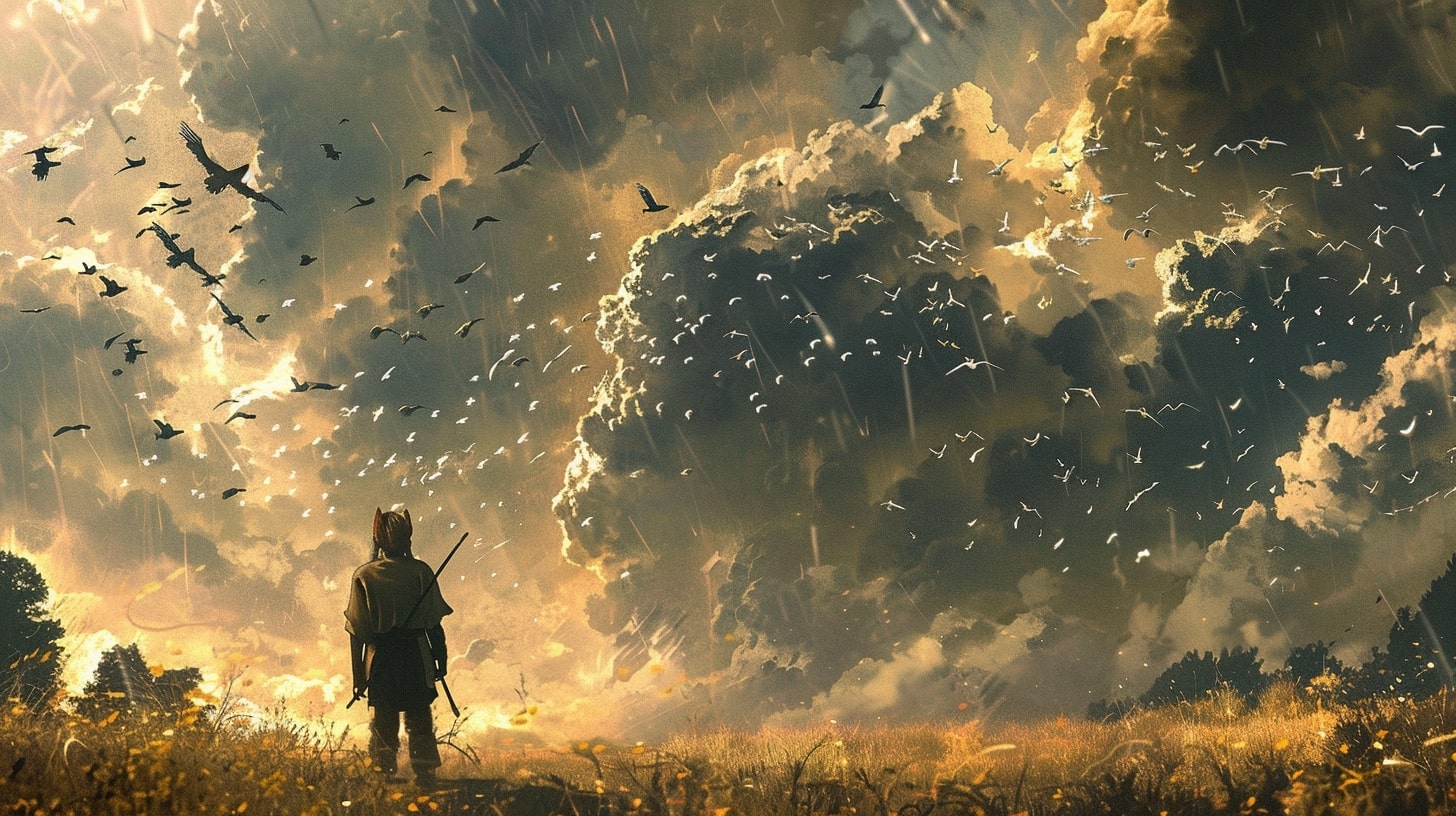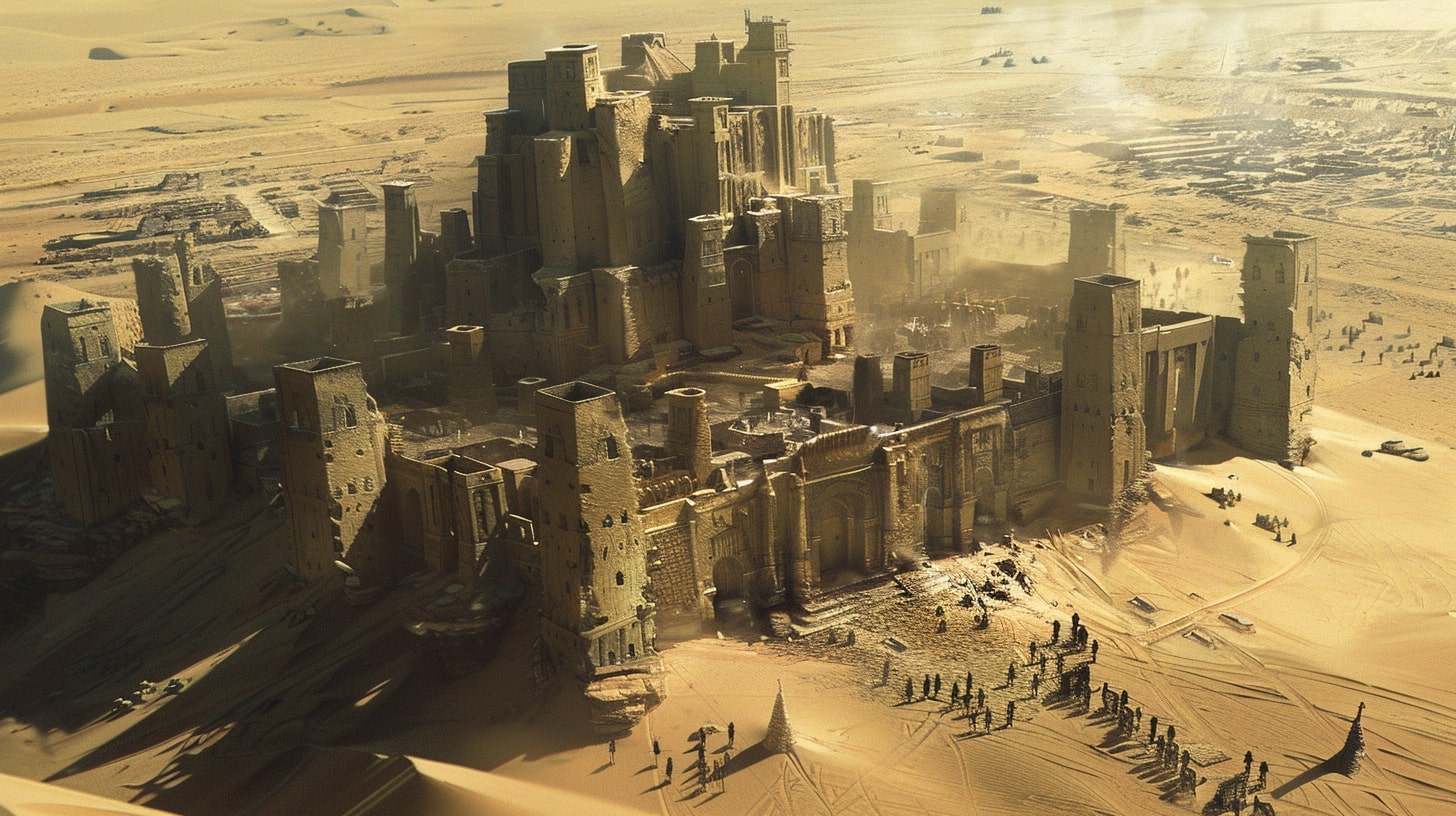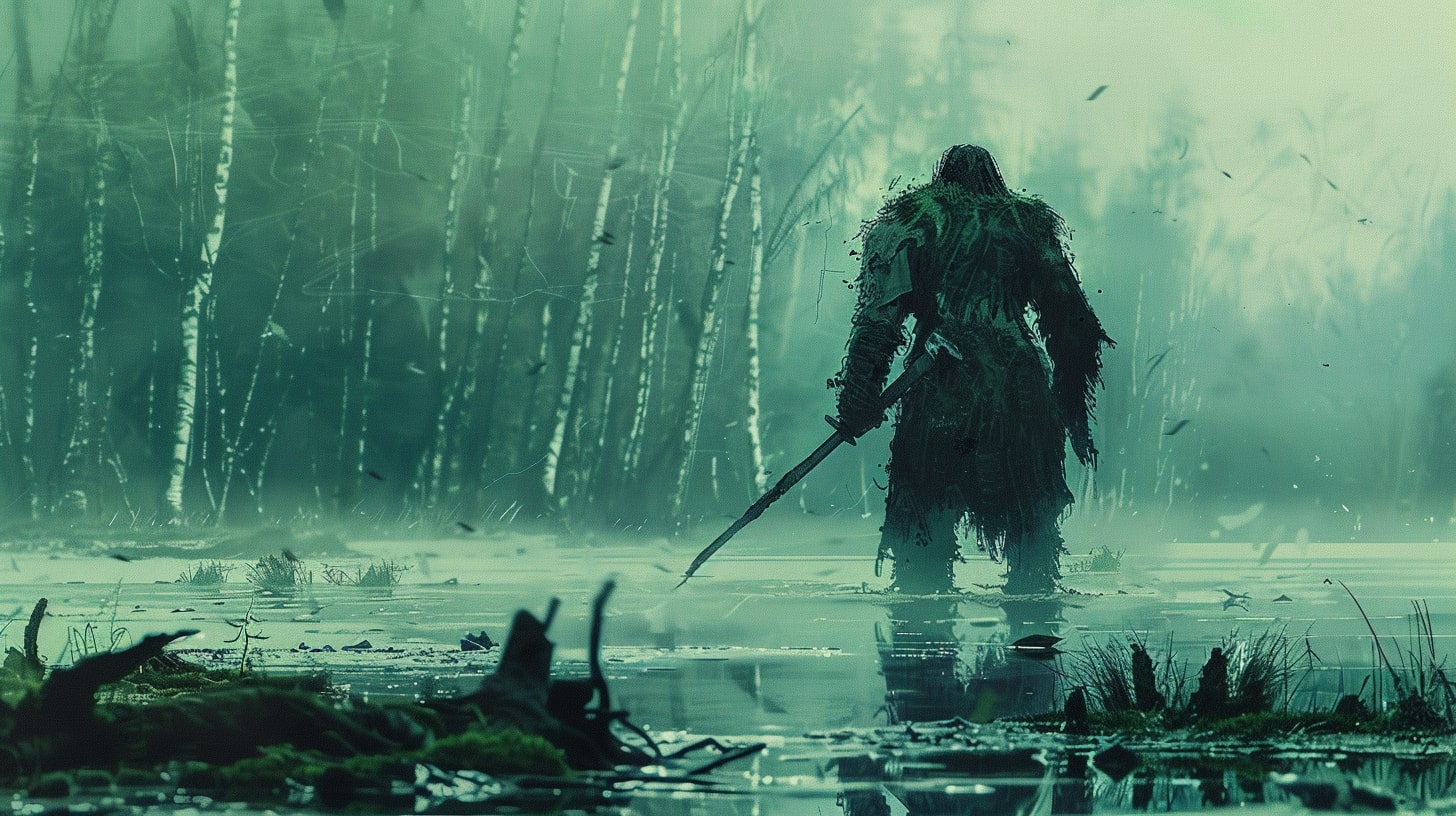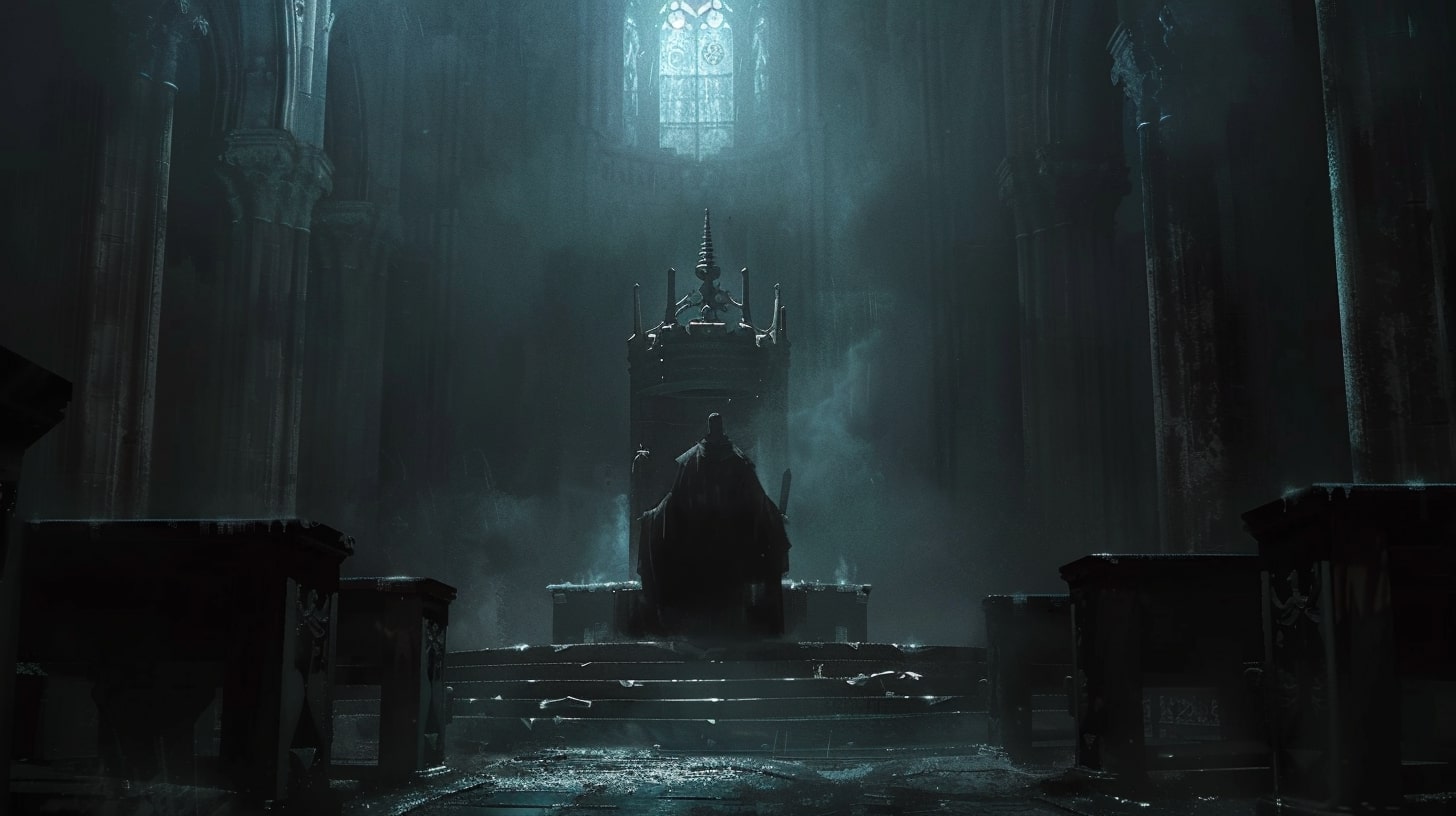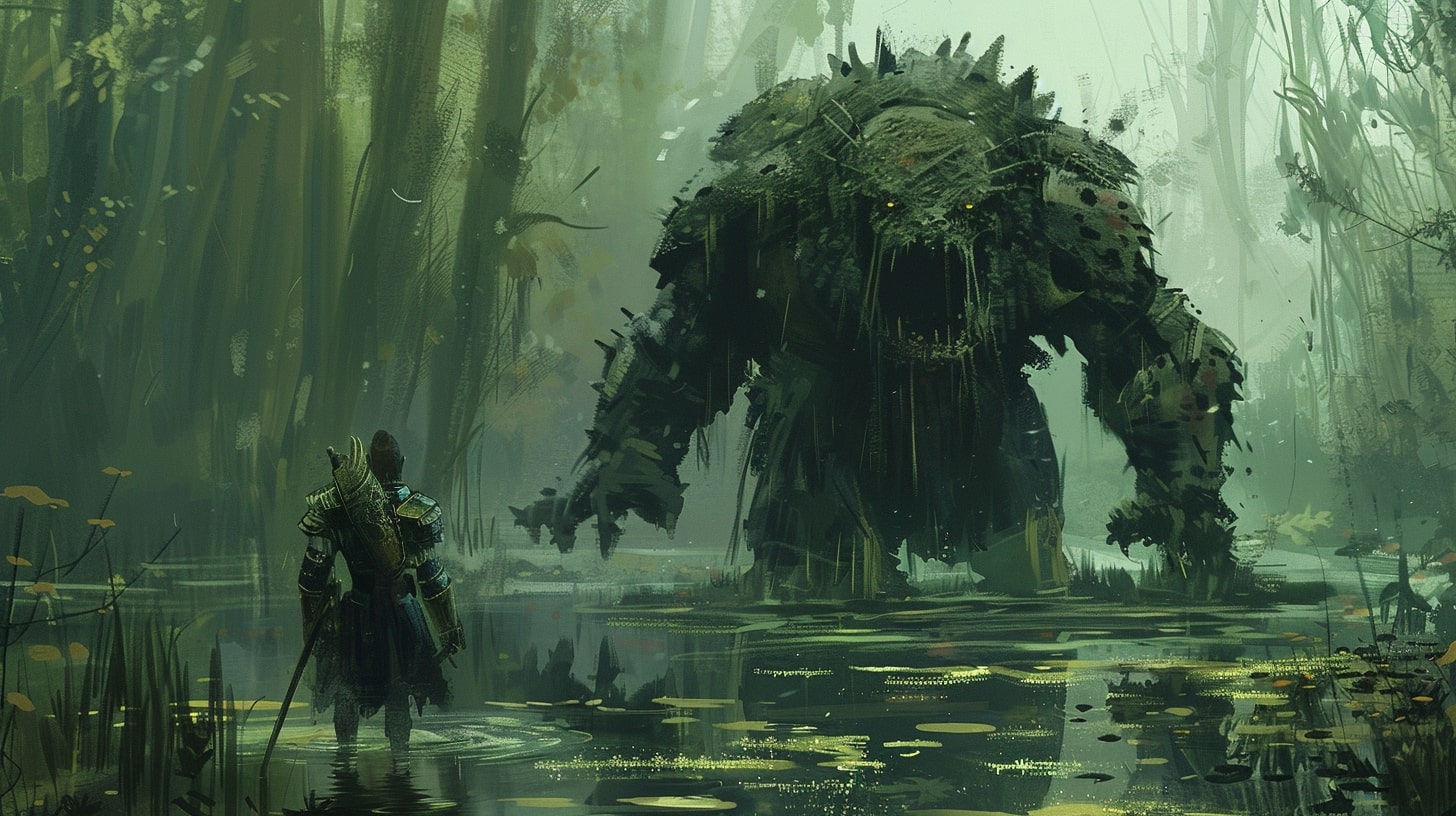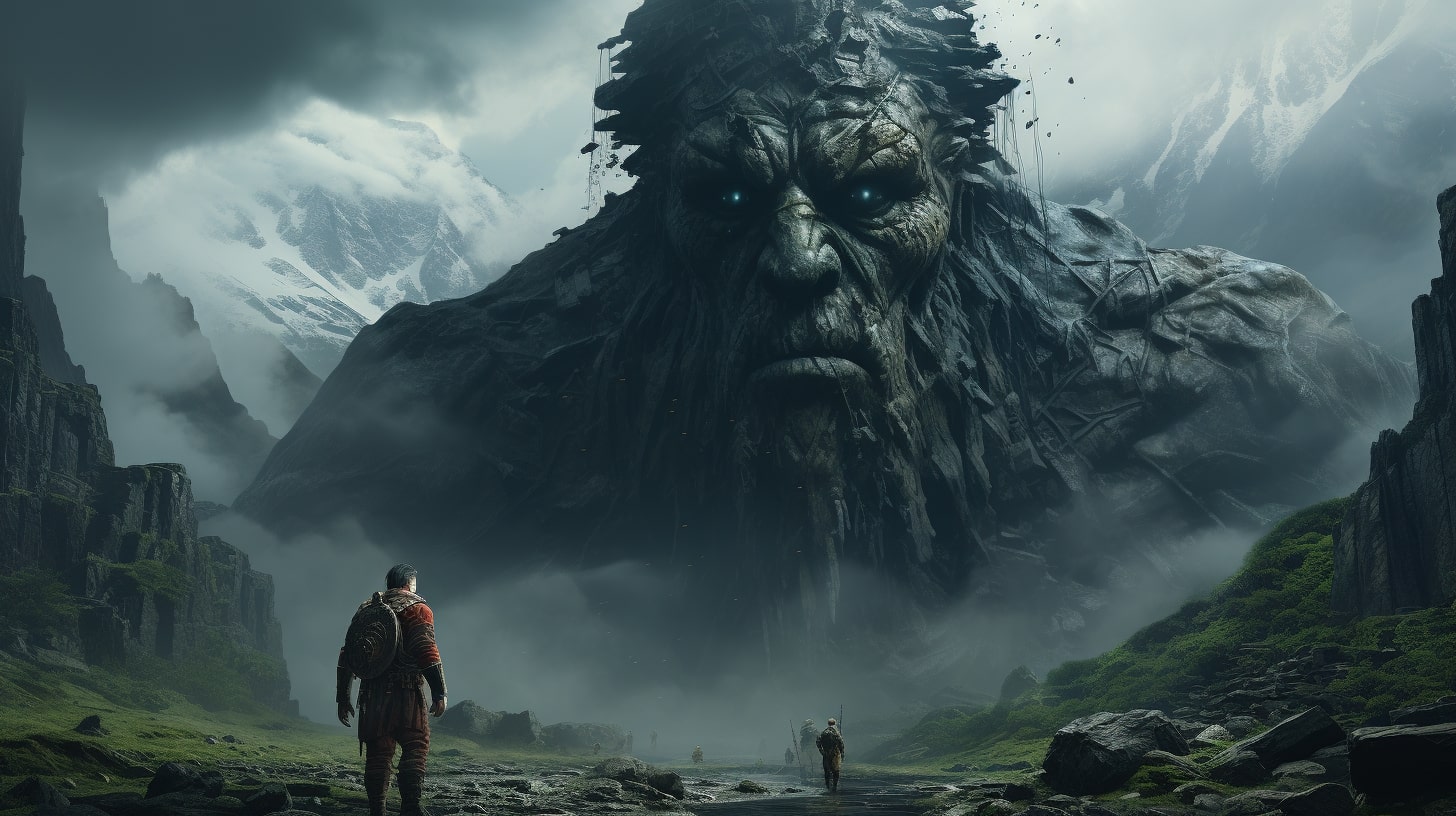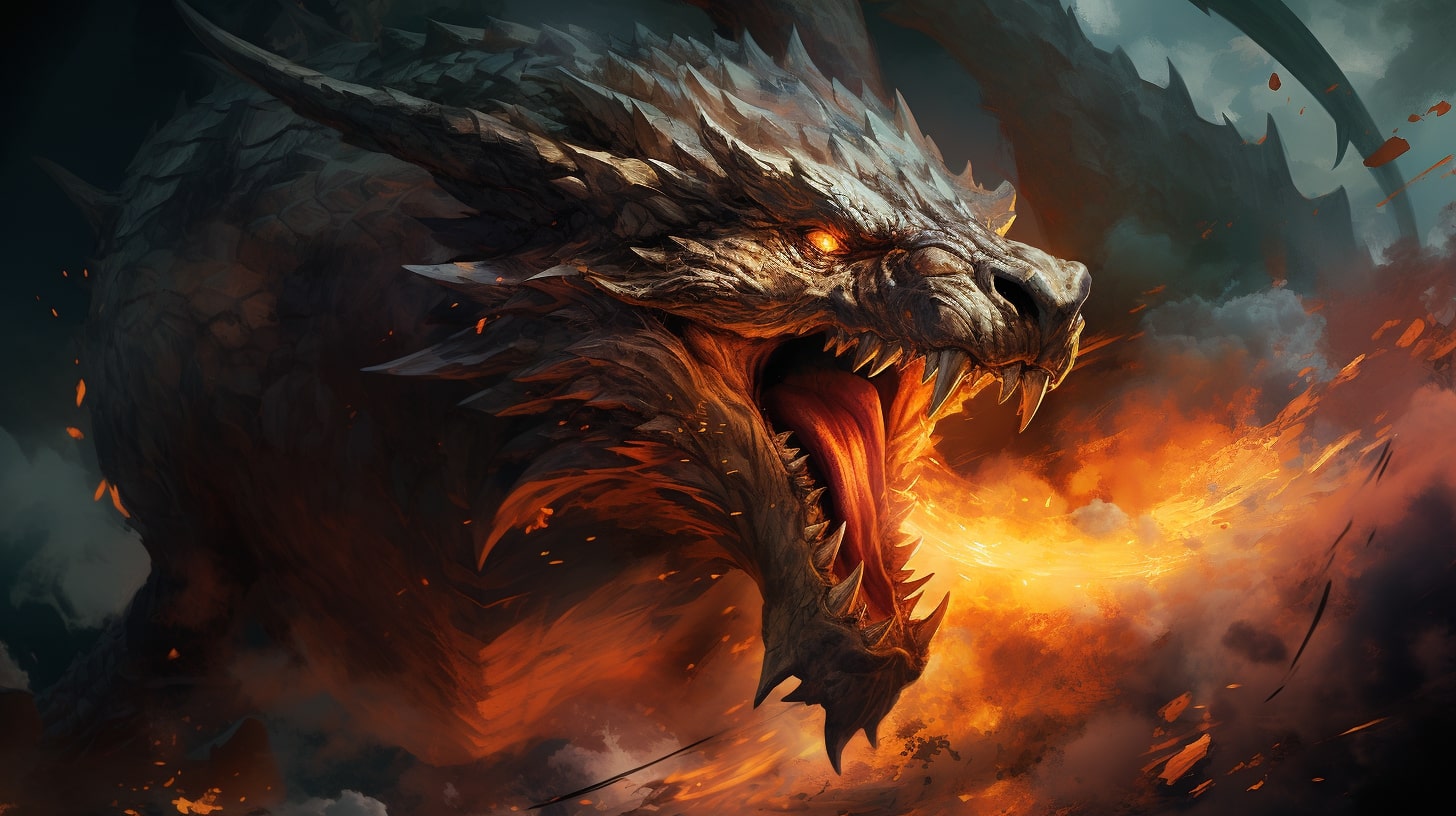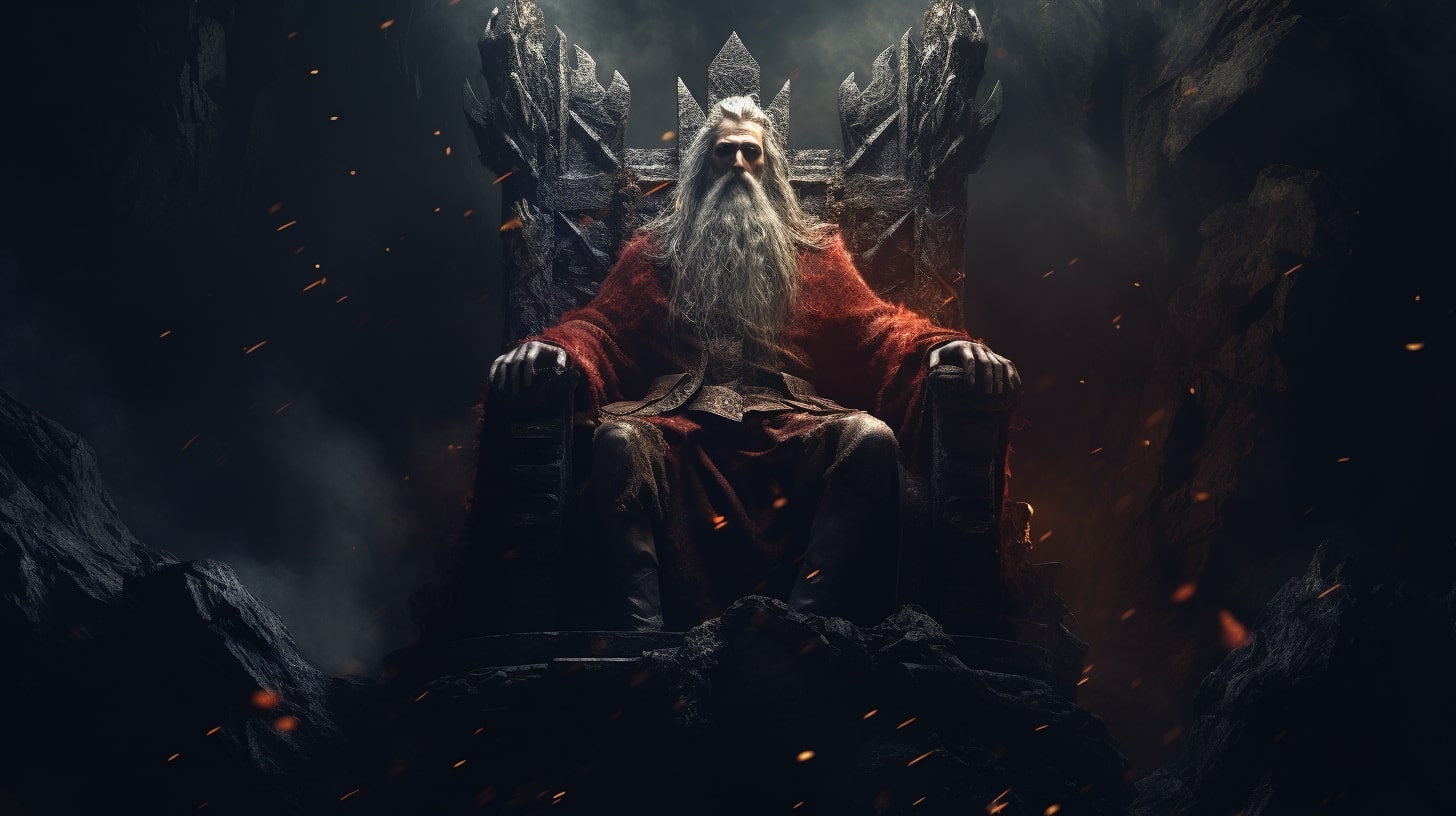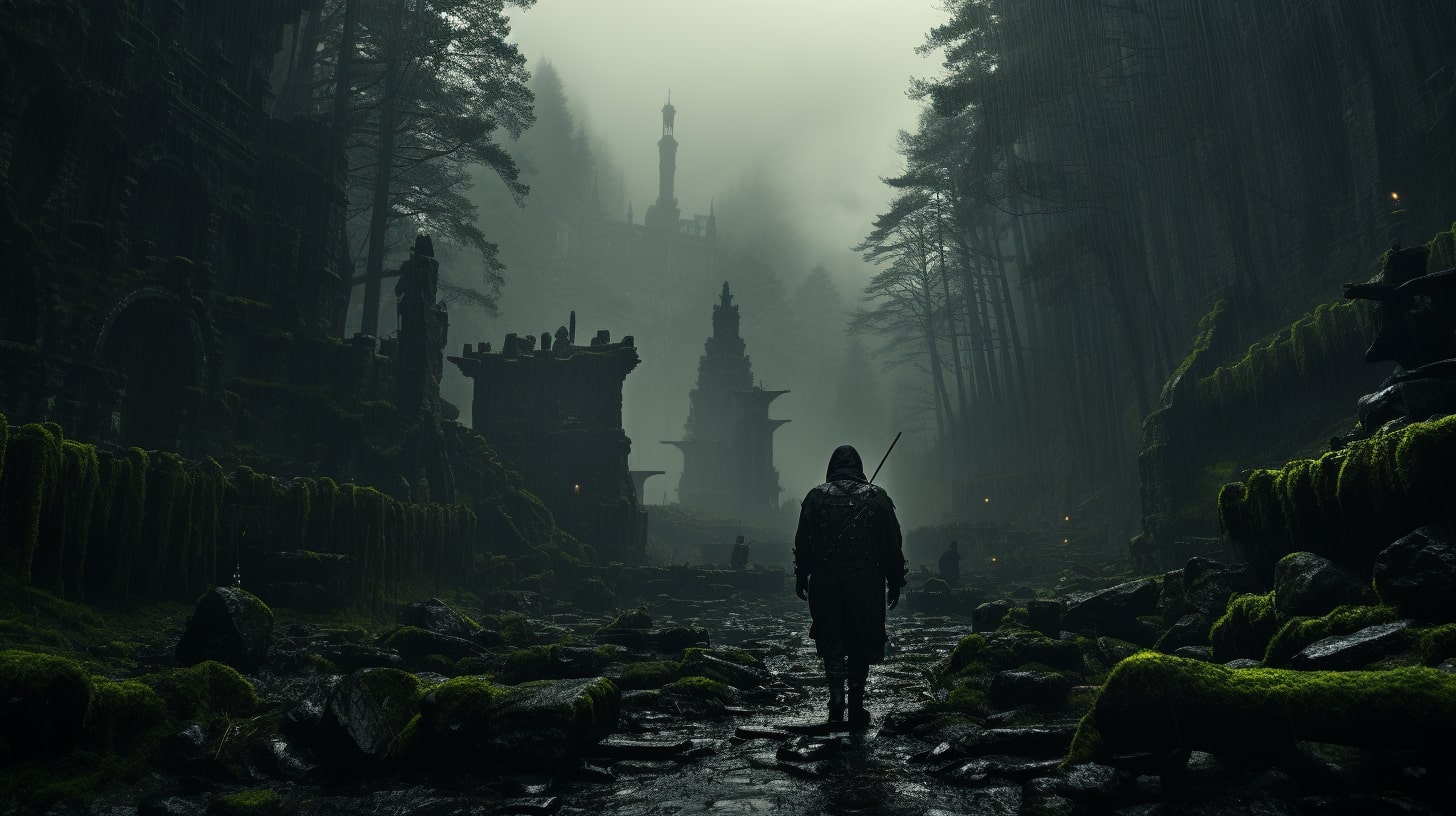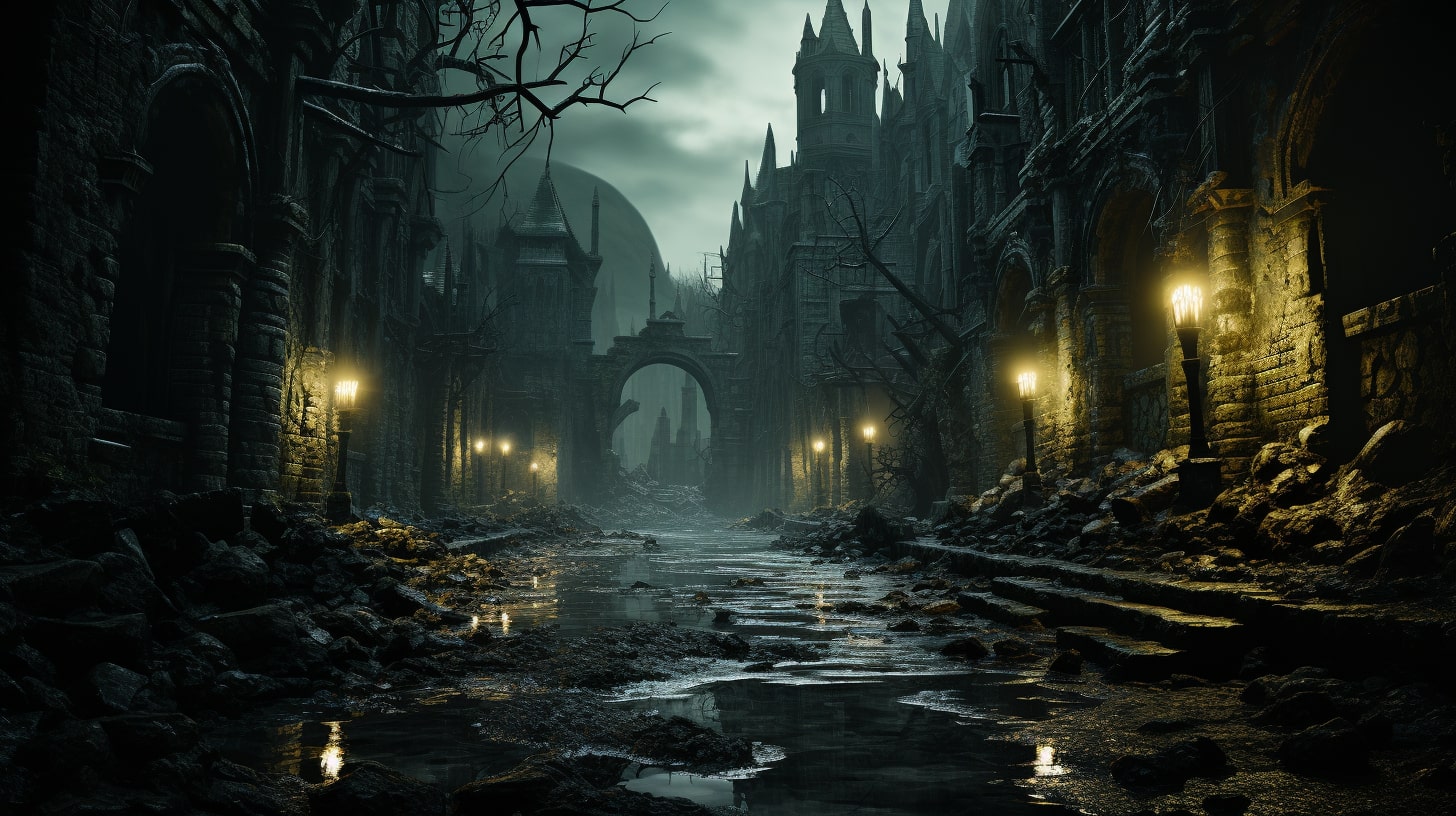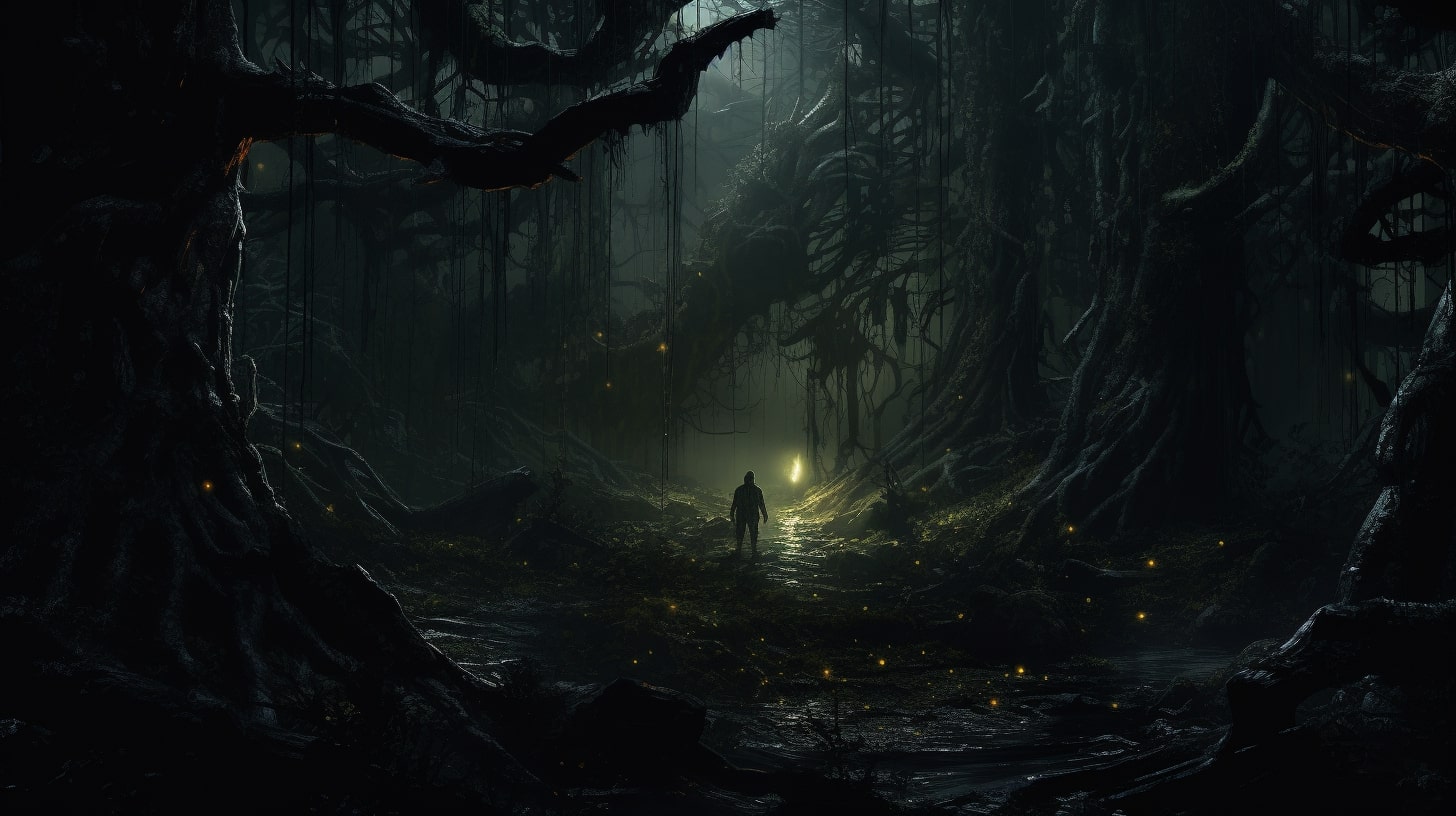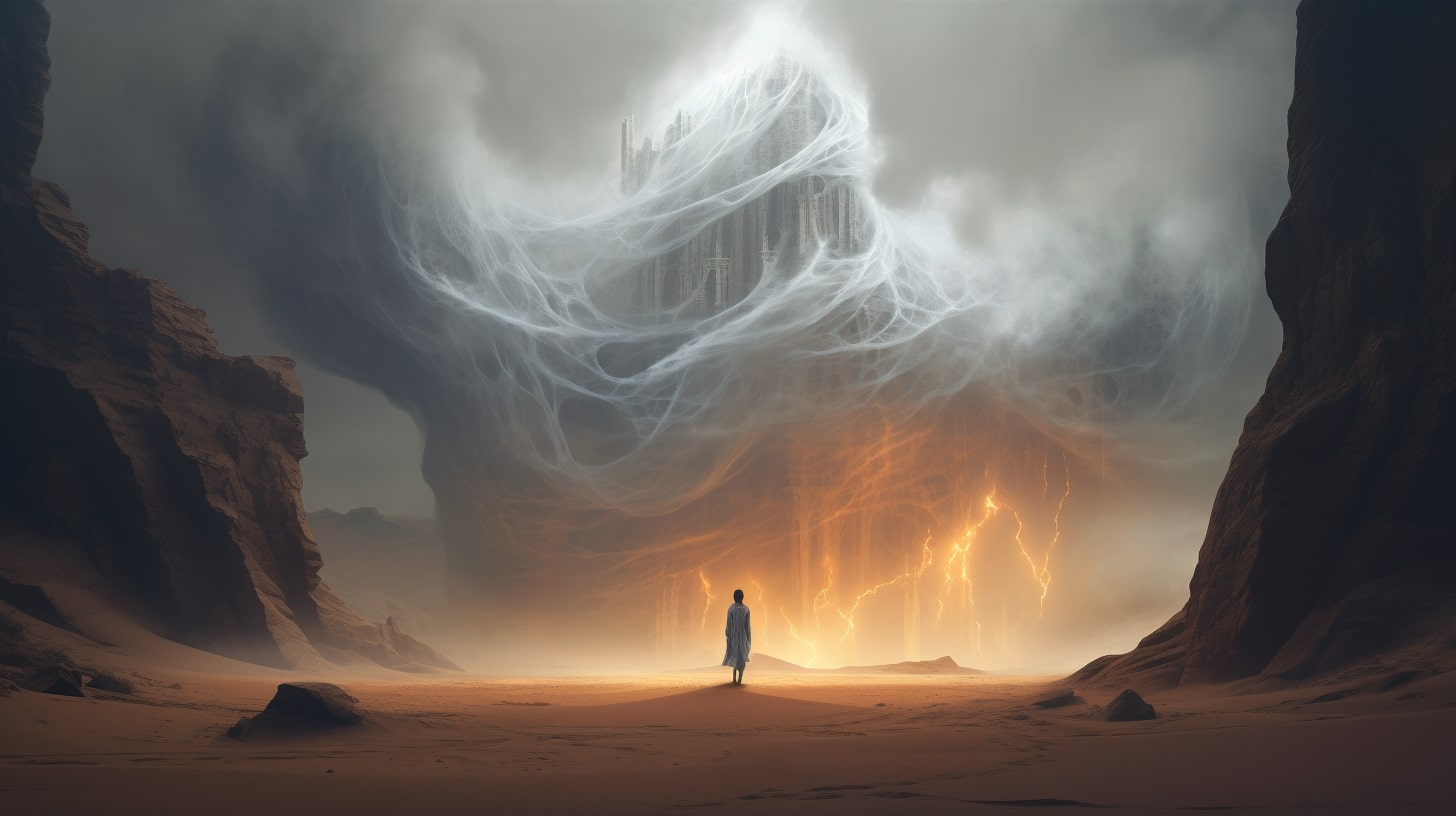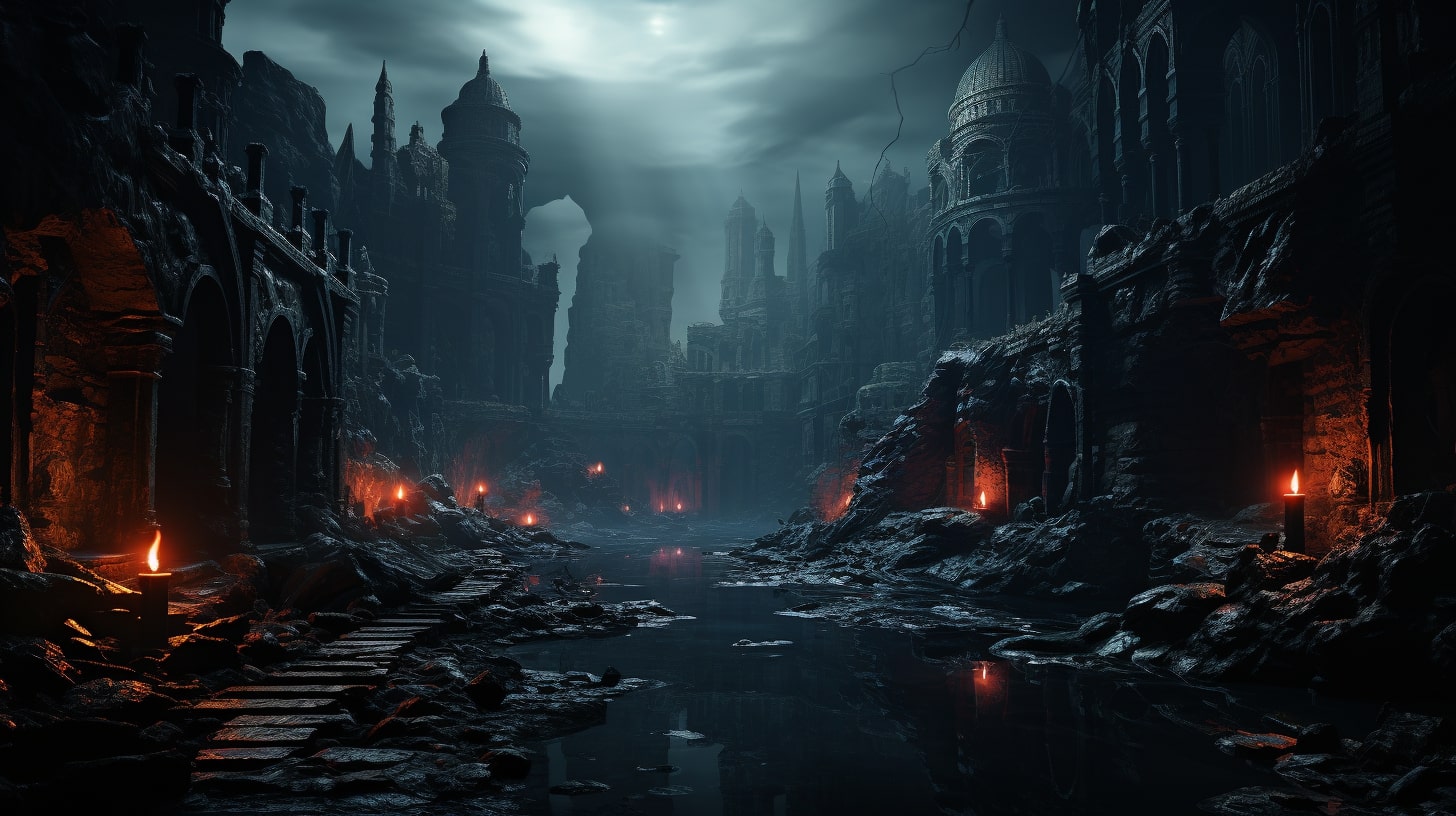The Art of Worldbuilding
In the realm of fantasy writing, worldbuilding is a fundamental aspect that allows you to create immersive and captivating fictional worlds. It involves the meticulous crafting of settings, cultures, and characters that transport readers into a realm of wonder and imagination.
Let's delve into what worldbuilding entails and why it is of utmost importance in the realm of fantasy writing. Then we can see how to find worldbuilding inspiration anywhere that you look.
What is Worldbuilding?
Worldbuilding refers to the process of constructing an intricate and detailed fictional world from scratch. It involves creating the geography, history, cultures, magic systems, and other elements that make the world come alive. As a fantasy author, worldbuilding empowers you to shape every aspect of your story's universe, providing a rich backdrop for your characters and plot.
Through worldbuilding, you have the freedom to unleash your creativity and construct a world that is entirely distinct and unique. This process allows you to go beyond the constraints of reality and create a fantastical realm that captivates readers and ignites their imagination. It is an opportunity to explore new ideas, concepts, and possibilities, making your story truly extraordinary.
Importance of Worldbuilding in Fantasy Writing
Worldbuilding plays a pivotal role in fantasy writing, as it sets the stage for your story and enhances the overall reading experience. Here are a few reasons why worldbuilding is crucial:
Immersive Experience: A well-developed world immerses readers in the story, making them feel as if they are a part of the fantastical realm. Through vivid descriptions and intricate details, you can transport readers to a world that feels alive and tangible.
Consistency and Coherence: Worldbuilding ensures consistency throughout your story. By establishing rules, cultures, and systems within your world, you create a coherent and believable universe for your characters to inhabit. This consistency helps readers suspend their disbelief and fully engage with the story.
Character Development: A thoughtfully crafted world can have a profound impact on your characters. The environment, cultures, and history of your world shape your characters' beliefs, values, and motivations. Exploring the interplay between characters and their world adds depth and complexity to their development.
Plot Possibilities: Worldbuilding opens up a vast array of plot possibilities. The conflicts, politics, and dynamics within your world provide fertile ground for captivating storylines. By integrating worldbuilding elements into your plot, you can create compelling narratives that captivate your readers.
Reader Engagement: A well-crafted world can captivate readers and leave them craving more. It sparks their imagination, encourages exploration, and fosters a sense of wonder. By investing time and effort into worldbuilding, you create a world that readers can't help but be enthralled by.
As a fantasy author, embracing the art of worldbuilding empowers you to create a world that is uniquely yours. By drawing inspiration from real-world elements and infusing your imagination, you can construct a vibrant and captivating realm that transports readers to new horizons.
Now that we understand the importance of worldbuilding, let's explore how real-world elements can serve as inspiration for crafting your fictional world.

Worldbuilding Inspiration: Drawing Inspiration from Real-World
When it comes to worldbuilding inspiration for your fantasy novel, the real world offers a wealth of ideas waiting to be explored. By drawing from historical events, cultures, geographical features, and mythology, you can create a rich and immersive fictional world that captivates your readers.
Historical Events and Cultures
History provides a treasure trove of inspiration for worldbuilding. Take a closer look at different historical periods, such as the Middle Ages or ancient civilizations, and draw inspiration from their customs, social structures, and conflicts. By weaving elements of real-world history into your fantasy world, you can add depth and authenticity to your story.
Consider exploring various cultures and their unique characteristics. Learn about their traditions, clothing, architecture, and belief systems. By incorporating diverse cultural elements, you can create a vibrant and realistic world that resonates with your readers. For more ideas on worldbuilding cultures, check out our article on worldbuilding cultures.
Geographical Features and Landscapes
The Earth's diverse landscapes offer endless possibilities for worldbuilding. Look to the natural wonders around you for inspiration. From towering mountains to lush forests, from vast deserts to winding rivers, each geographic feature has its own story to tell. Consider how these landscapes shape the lives and cultures of the inhabitants in your fictional world.
Create a table to showcase different geographical features and their potential impact on your world:
| Geographic Feature | Description |
|---|---|
| Mountain Range | Majestic peaks that divide regions and harbor ancient secrets. |
| Dense Forest | A mystical woodland inhabited by magical creatures and guarded by ancient spirits. |
| Desert | A harsh and unforgiving land where survival is a constant battle against scorching heat and sandstorms. |
| Island Archipelago | A collection of isolated islands, each with its own distinct culture and resources. |
| Deep Caverns | A labyrinthine network of underground caves teeming with rare minerals and dangerous creatures. |
Mythology and Folklore
Mythology and folklore are rich sources of inspiration for worldbuilding. Explore the myths and legends of different cultures to develop unique deities, mythical creatures, and epic tales for your fantasy world. Consider how these myths shape the belief systems and rituals of your fictional societies.
Create a table to highlight mythical creatures and their characteristics:
| Mythical Creature | Description |
|---|---|
| Dragons | Majestic creatures with scales, wings, and fiery breath, revered as symbols of power and wisdom. |
| Elves | Graceful and immortal beings with a deep connection to nature and magical abilities. |
| Werewolves | Humans with the ability to transform into powerful wolves during the full moon, cursed by ancient magic. |
| Phoenix | A mythical bird that cyclically regenerates from its ashes, representing rebirth and immortality. |
By drawing inspiration from the real world, you can infuse your fantasy world with elements that resonate with readers, creating a sense of familiarity while still offering a unique and captivating experience. Remember to explore other worldbuilding elements, such as magic systems and political structures, to further enhance the depth and complexity of your fictional world. Happy worldbuilding!
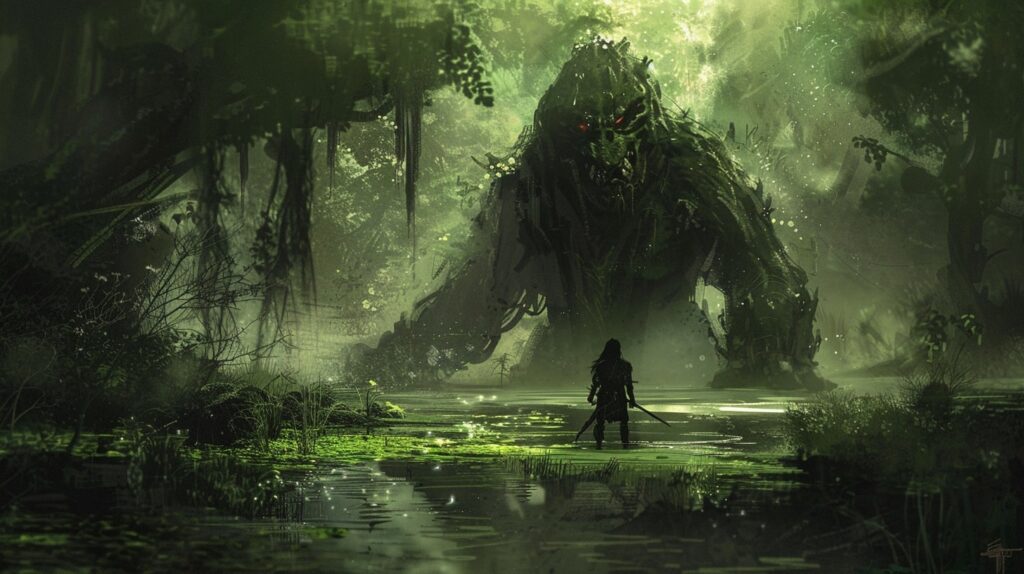
Creating Unique Fantasy Elements
To truly transport your readers into a fantastical realm, it's essential to create unique elements that make your world come alive. In this section, we will explore three key aspects of worldbuilding that can add depth and intrigue to your fantasy setting: Magic Systems, Races and Species, and Political Systems and Societies.
Magic Systems
Magic is a fundamental element in many fantasy worlds, and developing a well-structured magic system can bring your story to life. Consider the rules, limitations, and sources of magic in your world. Will magic be accessible to everyone, or is it limited to certain individuals or groups? What are the consequences of using magic? Are there different types or schools of magic?
To create a compelling magic system, you can draw inspiration from various sources, such as mythology, folklore, and even real-world historical practices. This is how the magic system for Myth Dawn came about.
By incorporating unique elements and limitations, you can ensure that magic remains a captivating and integral part of your world.
Races and Species
Another aspect of worldbuilding that adds richness to your fantasy world is the presence of diverse races and species. These can include humans, elves, dwarves, or entirely unique creations of your own imagination. Each race or species should have distinct characteristics, cultures, and histories that set them apart.
When developing races and species, consider their physical attributes, such as appearance, abilities, and lifespan. Also, explore their cultural aspects, including language, customs, and social structures. By creating depth and complexity within each race or species, you can immerse your readers in a vibrant and diverse world.
Political Systems and Societies
The political landscape and societal structures in your fantasy world play a significant role in shaping the conflicts and dynamics within your story. Political systems can range from monarchies to democracies, and each system comes with its own set of rules and power dynamics. Consider the hierarchy, laws, and governing bodies that exist within your world.
Societies within your world can reflect various cultural aspects, such as social norms, traditions, and values. Explore how different societies interact with each other, and how these interactions might influence the plot and character motivations.
Crafting unique and believable political systems and societies will help ground your world in a sense of realism, allowing readers to fully engage with the story and its characters.
By focusing on these three elements of worldbuilding – magic systems, races and species, and political systems and societies – you can create a fantasy world that is both captivating and immersive. Remember to consider the interconnectedness of these elements and how they influence the narrative and character development. For more inspiration and guidance on worldbuilding, check out our articles on worldbuilding ideas and worldbuilding techniques.
Developing Believable Characters
To bring your fantasy world to life, it's essential to develop believable characters that are aligned with the world you have created. This ensures that your characters fit seamlessly into the narrative and resonate with your readers. Here are three key aspects to consider when developing your characters:
Aligning Characters with the World
When creating characters, it's important to align them with the world you have built. Consider how the cultural, social, and political aspects of your world shape the beliefs, values, and behaviors of your characters. The cultural influences on your characters should be evident in their mannerisms, speech patterns, and even their appearance. By ensuring that your characters' traits are consistent with the world they inhabit, you create a more immersive reading experience.
Cultural Influences on Character Development
Culture plays a significant role in shaping characters. Explore how different cultures within your world impact character development. Consider their customs, traditions, and social norms. These cultural elements can influence your characters' motivations, goals, and interactions with others. By delving into the cultural influences on your characters, you add depth and richness to their personalities, making them more relatable and engaging.
Interactions and Relationships
Characters do not exist in isolation; they interact and build relationships with others. When developing your characters, consider how their interactions with the world and other characters shape their growth and development. Explore the dynamics of friendships, rivalries, romantic relationships, and family ties. These relationships can provide opportunities for your characters to undergo personal growth, face challenges, and contribute to the overall plot.
By focusing on aligning your characters with the world, incorporating cultural influences, and developing meaningful interactions and relationships, you create well-rounded and believable characters. This adds depth and authenticity to your fantasy world and enhances the overall reading experience for your audience.
For more worldbuilding inspiration and tips, check out our articles on worldbuilding ideas and worldbuilding prompts.
Incorporating Worldbuilding into the Narrative
When crafting a fantasy story, incorporating worldbuilding seamlessly into the narrative is essential to immerse your readers in the rich and imaginative world you have created. Here are some key aspects to consider:
Descriptive Language and Imagery
To bring your world to life, utilize descriptive language and imagery to paint vivid pictures in the minds of your readers. Use detailed descriptions to capture the sights, sounds, smells, and textures of your fantasy world. By engaging the senses, you can transport your readers and make them feel like they are right there in the midst of your story.
For example, instead of simply stating that a forest exists, you could describe the towering ancient trees with branches that whisper in the wind, their gnarled roots snaking through the moss-covered ground. This level of detail helps to create a sense of place and adds depth to your storytelling.
Introducing Worldbuilding Elements Seamlessly
When introducing worldbuilding elements, it's important to do so in a way that feels natural and seamless within the narrative. Avoid lengthy info-dumps or overwhelming your readers with too much information at once. Instead, weave worldbuilding details organically into the story.
Consider integrating worldbuilding elements through dialogue, character actions, or subtle references. For instance, a character might mention a local legend or a historical event that shaped the world they inhabit. This allows readers to discover the world alongside the characters, making the experience more engaging and immersive.
Balancing Worldbuilding and Plot Progression
While worldbuilding is important, it should not overshadow the plot and character development. Maintain a balance between worldbuilding and plot progression to keep your readers invested in the story. Ensure that each worldbuilding detail serves a purpose and contributes to the overall narrative.
Avoid getting too caught up in explaining every aspect of your world. Instead, focus on the elements that directly impact the story or the characters. This selective approach will keep the pacing smooth and prevent the narrative from becoming bogged down.
Remember, effective worldbuilding enhances the story and creates a captivating backdrop for your characters and plot. By incorporating descriptive language and imagery, introducing worldbuilding elements seamlessly, and maintaining a balance with plot progression, you can unleash your imagination and create a truly immersive fantasy world.
For more worldbuilding inspiration and tips, check out our worldbuilding ideas and worldbuilding guide.

